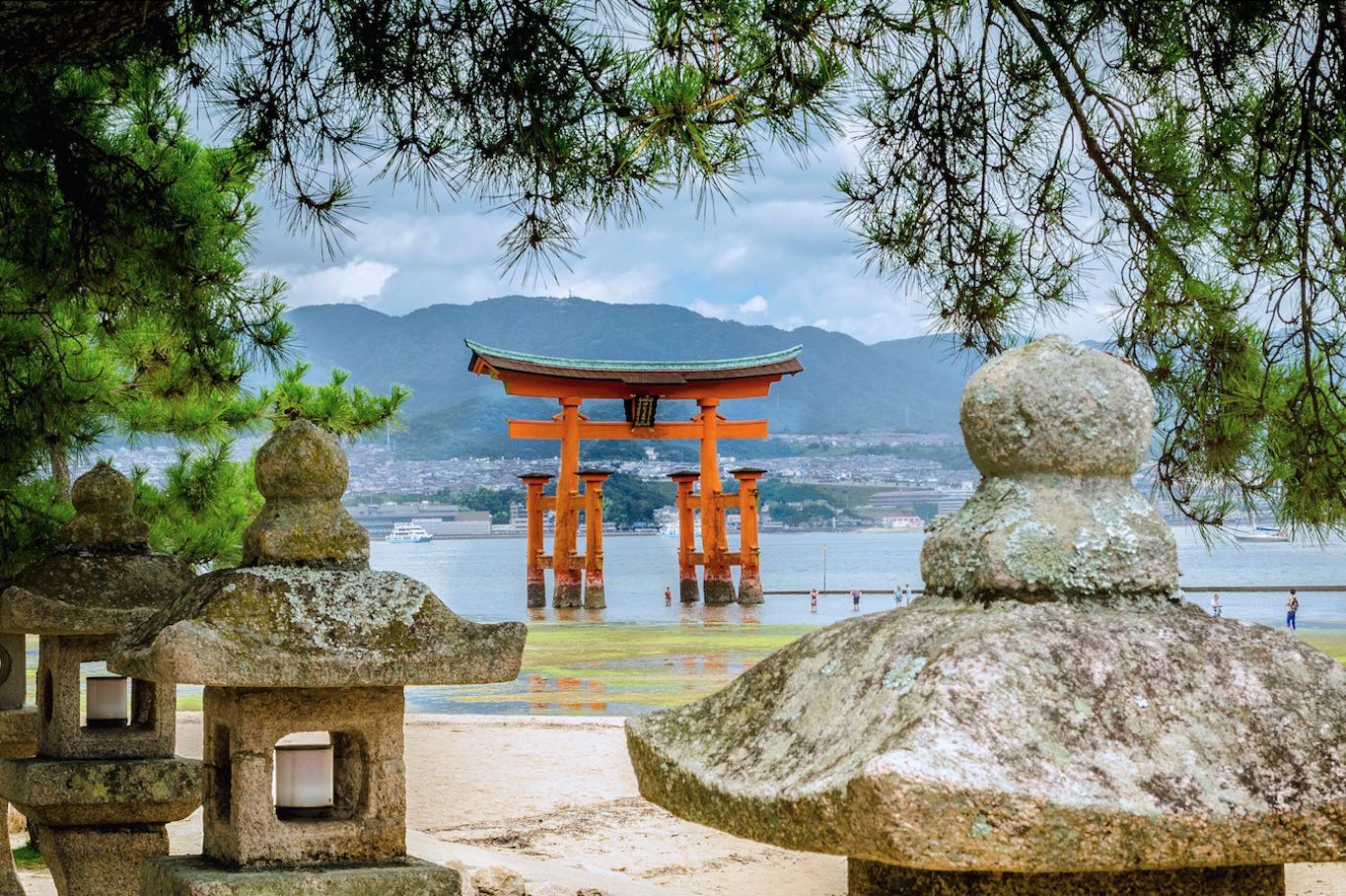Japan: The Art of Goodness
and Sincerity
Literally meaning “the way of the gods”, Shinto (神道 shintō) is the native religion of Japan. It is a form of animism which stresses the importance of harmony between humans and nature. It involves the worship of kami, which could be translated to mean gods, nature spirits, or just spiritual presences. {Starting in the 6th century, Taoist, Confucian, and Buddhist themes were introduced into the Japanese Shinto belief system.}
http://www.jref.com/articles/shinto.27/
In comparison and recognition, Shintoism encompasses similar beliefs to that of buddhism and hinduism. They have no set doctrine of beliefs to follow nor abide by, but many customary teachings that have been passed down through generations can help us to understand the nature of their theories. Shinto beliefs are not a part of a creed or systems or theologies, but are instead sculptured around the sensibilities that underline their entire approach to the world. Instead of the Christian Ten Commandments, Shintoism contains a said Four Affirmations:
• Tradition and family — “The main mechanism by which traditions are preserved”
• Physical Cleanliness — Must provide a clean physical appearance e.g. purification
• Love of Nature — Nature is a sacred element in this world. Kami are related to all nature, so worshipping and care of nature is essential.
• Matsuri — The festivals where Kami are celebrated
Another element of belief throughout Shintoism is the notion of Makoto. Makoto means ‘sincerity’ and is the overall basis of the religion. It is not rules or codes, but simply emphasizes the heart — and the sincerity within a good heart. Because of this belief in Makoto, naturally all ethics and morals will become of great measure and be united with the many other main religions of the world. This concept of Makoto is important to the core beliefs of Shintoism. It is the understanding that even with all the rules, regulations, commandments and orders consuming other religions, if goodness and sincerity is not in your heart, all of those acts are pointless.
http://theancientshinto.weebly.com/principal-beliefs.html
Kami refers particularly to the power of phenomena that inspire a sense of wonder and awe in the beholder (the sacred), testifying to the divinity of such a phenomenon. It is comparable to what Rudolf Otto described as the mysterium tremendum and fascinans . { In his book The Idea of the Holy, Otto defines the concept of holy as that which is numinous, from the Latin numen which means divine power. It is related to Immanual Kant’s noumenon, an unknowable reality underlying all things. The numinous is a mystery that is both terrifying (tremendum) and fascinating (fascinans) at the same time. https://en.wikipedia.org/wiki/Rudolf_Otto}
The kami reside in all things, but certain objects and places are designated for the interface of people and kami: yorishiro, shin tai, shrines, and kamidana. There are natural places considered to have an unusually sacred spirit about them, and are objects of worship. They are frequently mountains, trees, unusual rocks, rivers, waterfalls, and other natural things. In most cases they are on or near a shrine grounds. The shrine is a building in which the kami is enshrined (housed). It is a sacred place, creating a separation from the "ordinary" world. The kamidana is a household shrine that acts as a substitute for a large shrine on a daily basis. In each case the object of worship is considered a sacred space inside which the kami spirit actually dwells, being treated with the utmost respect.
https://en.wikipedia.org/wiki/Portal:Shinto/Featured_article
The shrines are an important element to the Kami of the Shinto religion and are many over 100 000 active shrines in Japan today. They provide a home of celebration, devotion and praise, to give to the deities that provide them with the life they’re given or the life they wish to have. When entering a Shinto shrine, majority of buildings are constructed with a Torii (As seen in image above), which is an archway symbolising the difference between the human into the Kami world.
Torii is translated as ‘To pass through or enter’. They’re very much constructed in the same way throughout all shrines, and also some also have two guardian animals sitting either side.
http://theancientshinto.weebly.com/principal-beliefs.html
In Shinto kannagara, meaning "way [path] of [expression] of the kami", refers to the law of the natural order. It is the sense of the terms michi or to, "way", in the terms "kami-no-michi" or "Shinto". Those who understand kannagara know the divine, the human, and how people should live. From this knowledge stems the ethical dimension of Shinto, focusing on sincerity (makoto), honesty (tadashii) and purity.
https://en.wikipedia.org/wiki/Shinto
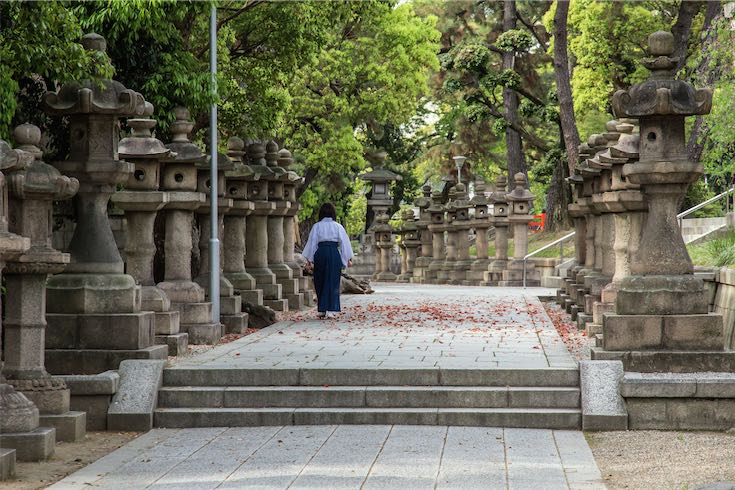
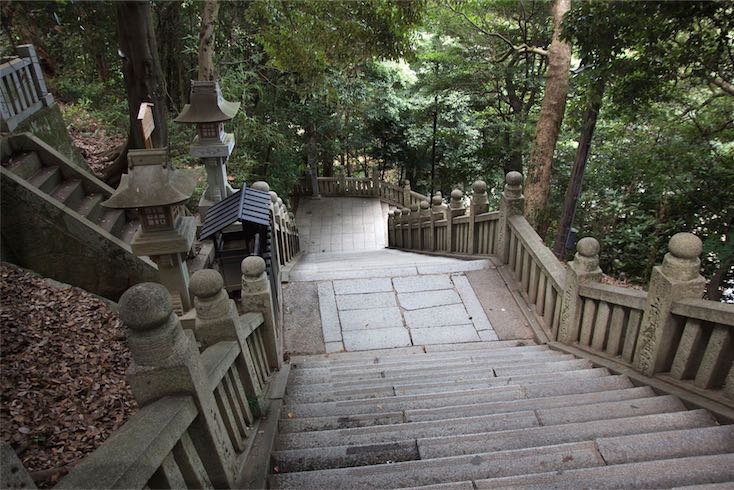
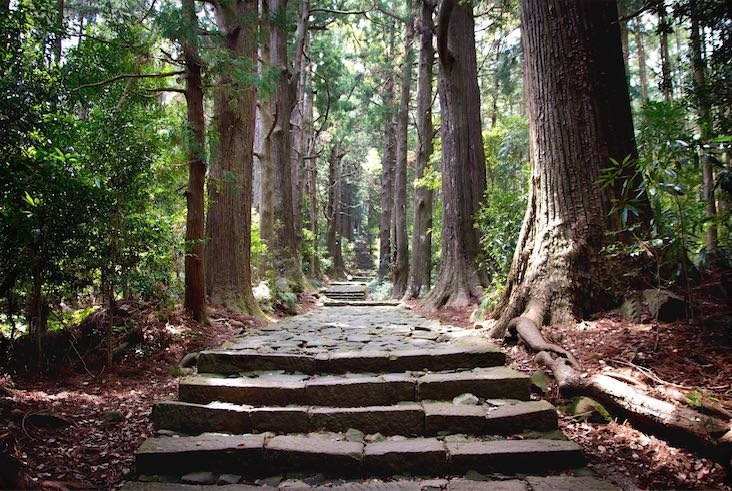
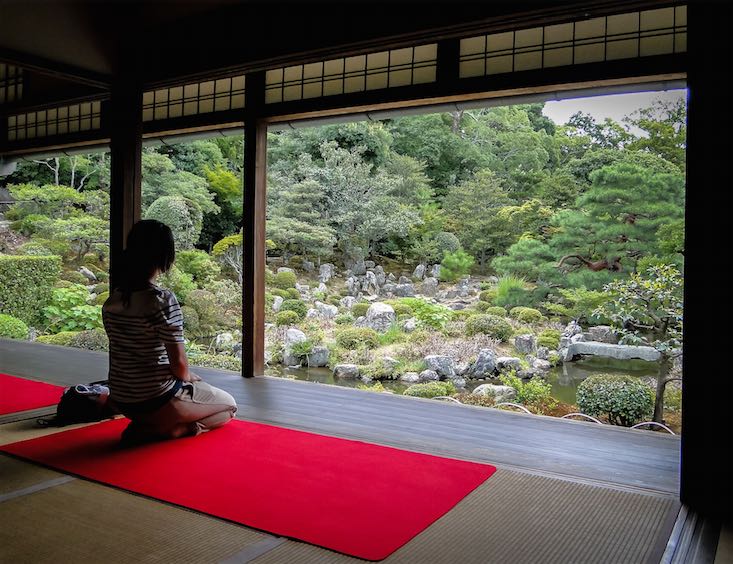
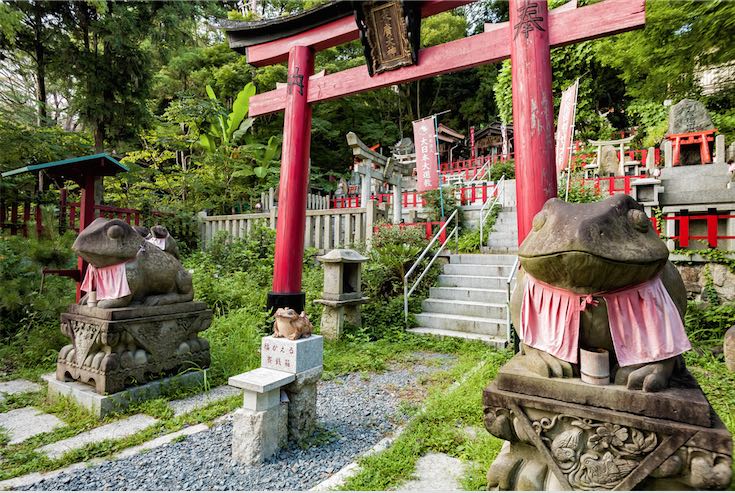
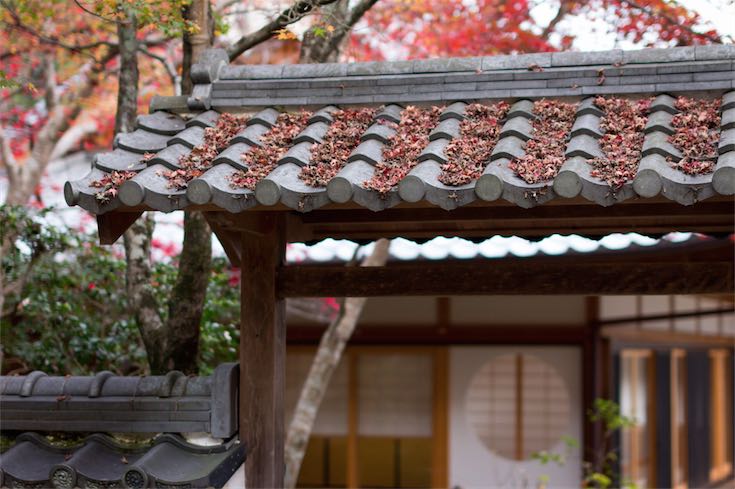
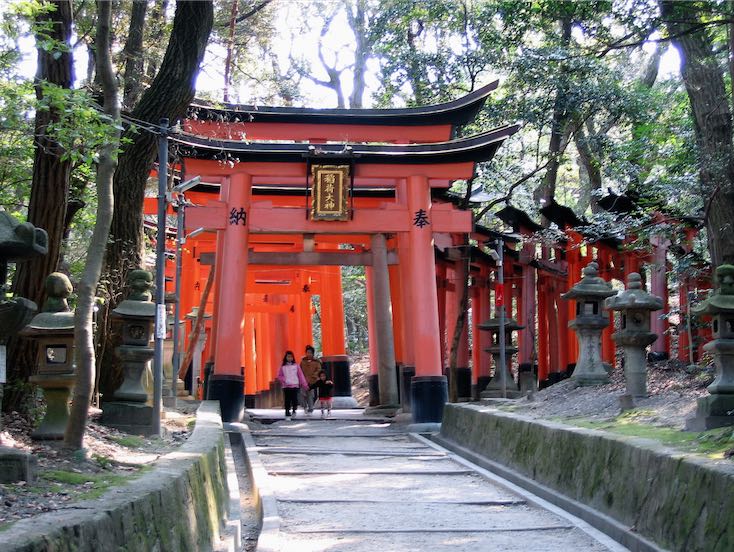
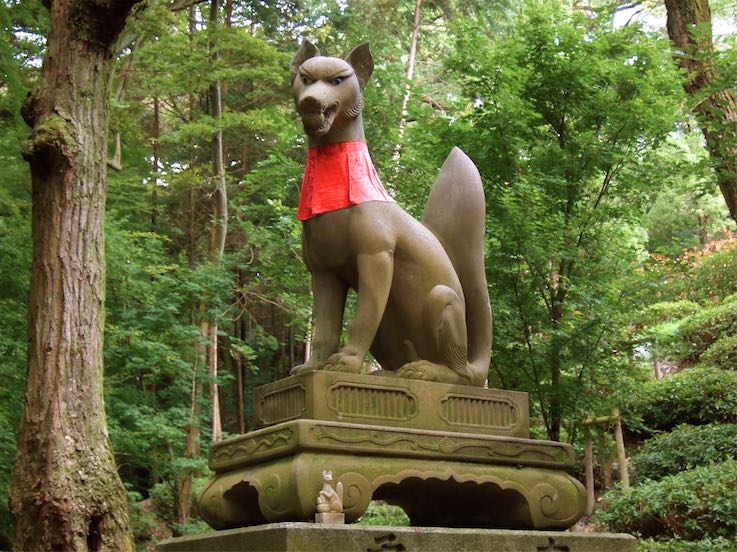
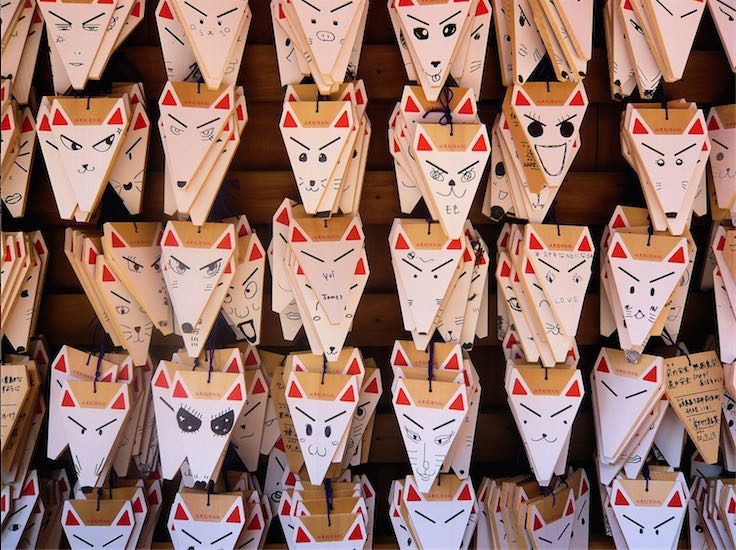
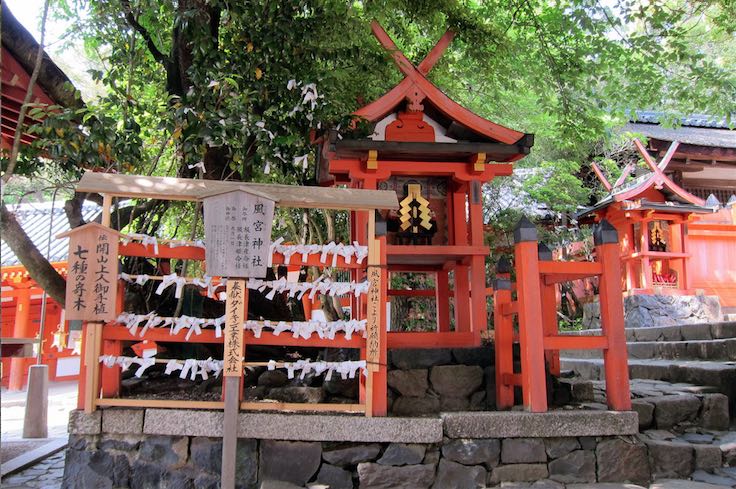
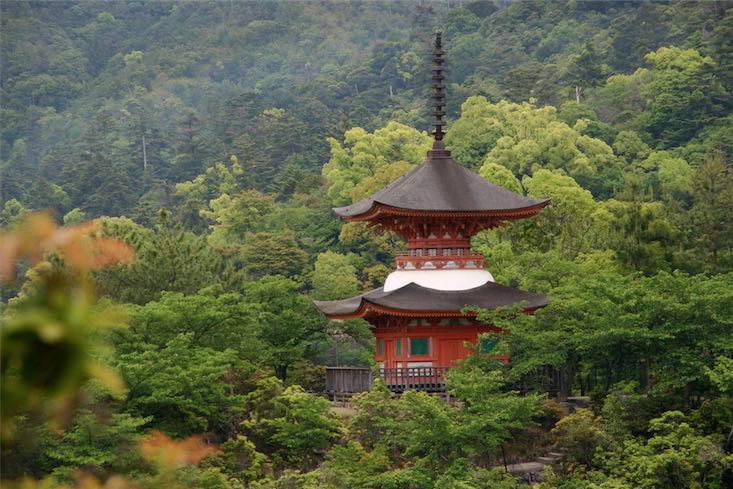
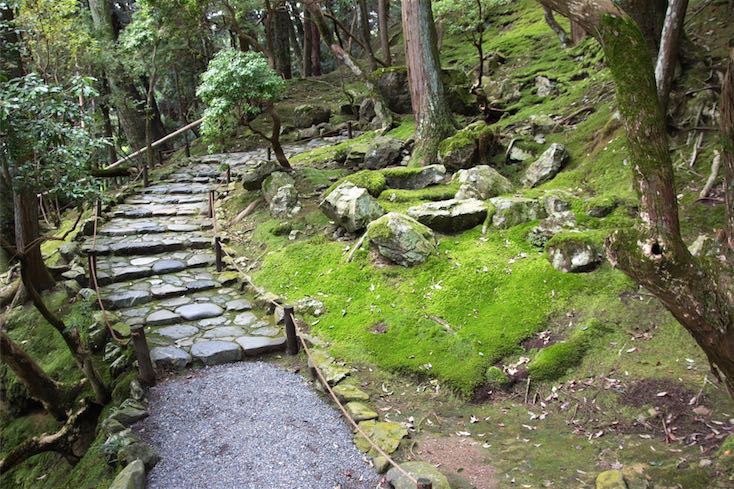
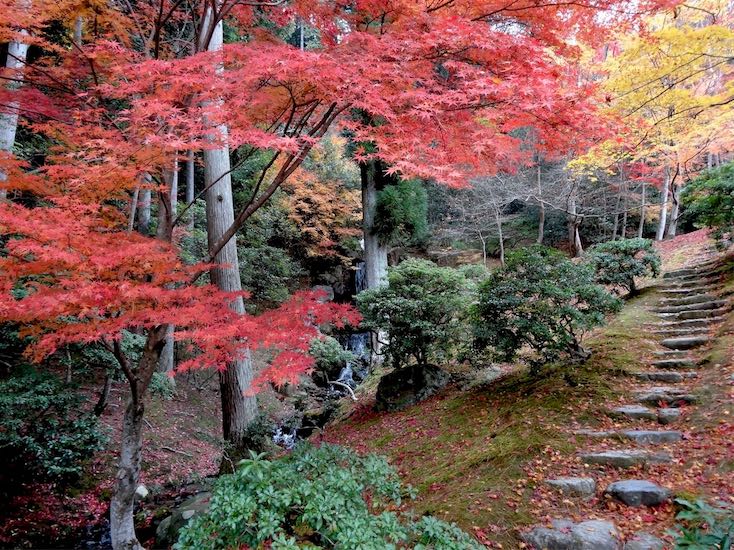

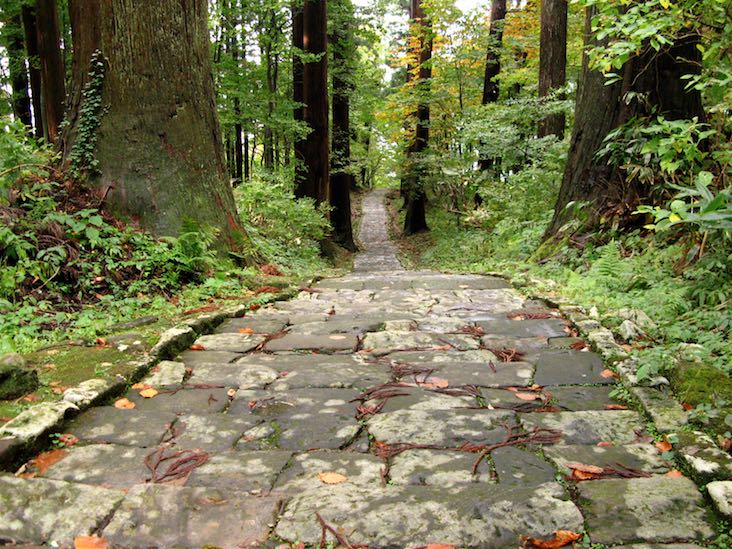
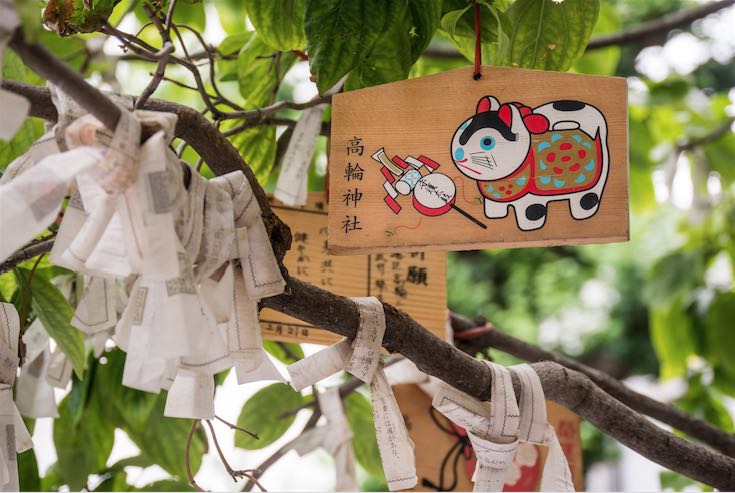
Ema (絵馬) are small wooden plaques on which Shinto worshippers write their prayers or wishes. The ema are then left hanging up at the shrine, where the kami (spirits or gods) receive them. They bear various pictures, often of animals or other Shinto imagery, and many have the word gan'i (願意), meaning "wish", written along the side. In ancient times people would donate horses to the shrines for good favor; over time this was transferred to a wooden plaque with a picture of a horse, and later still to the various wooden plaques sold today for the same purpose.
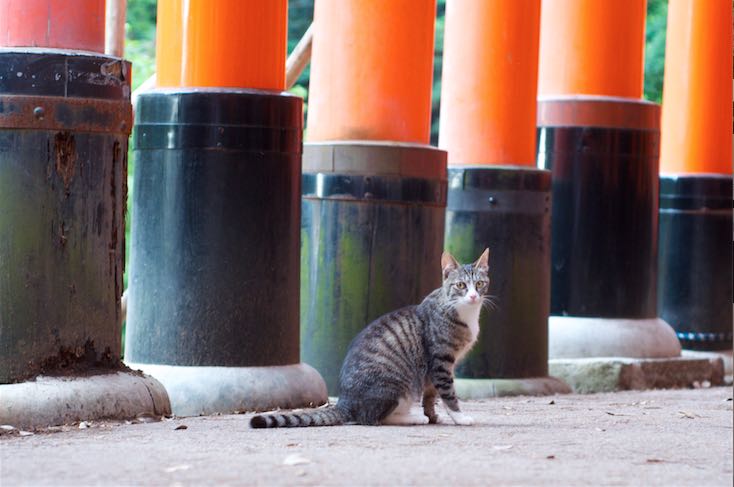
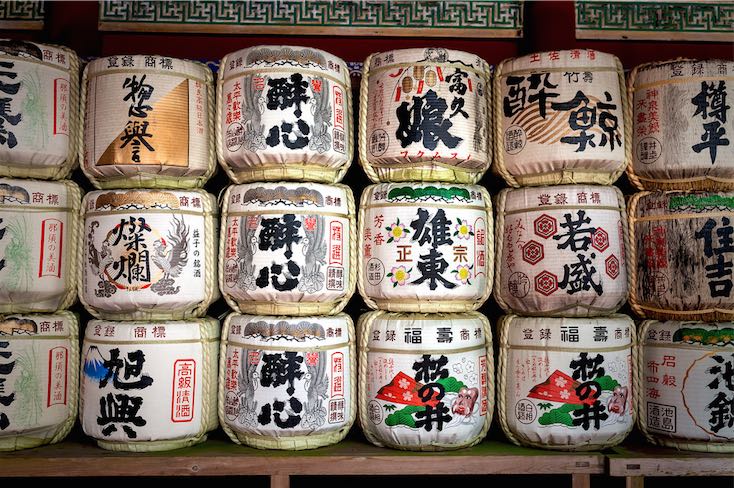
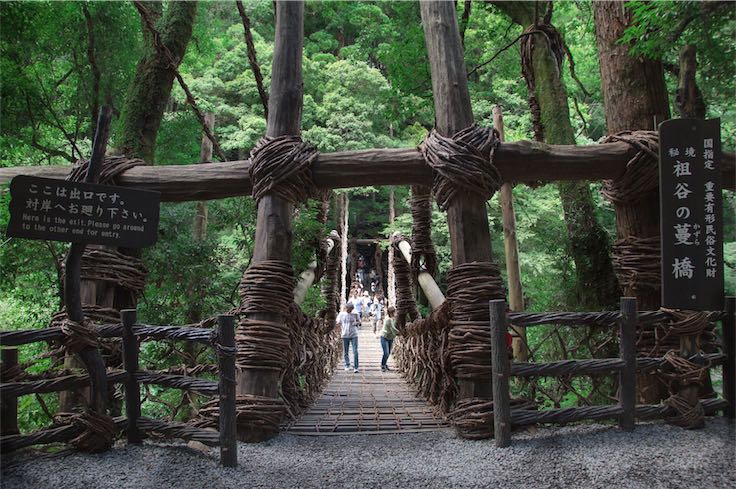
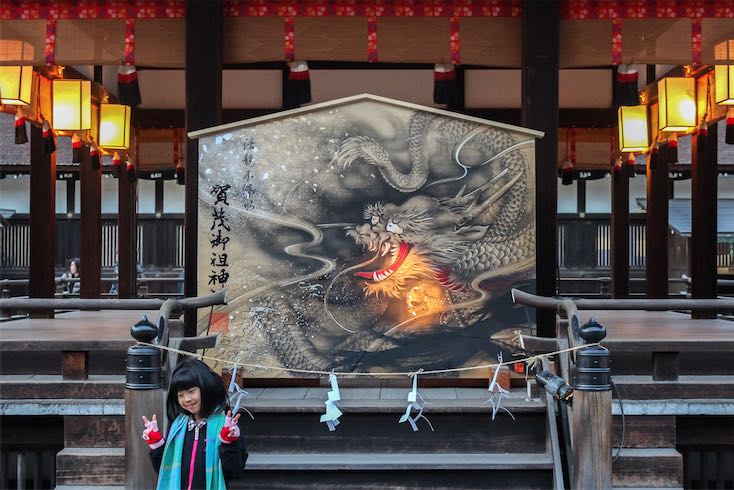
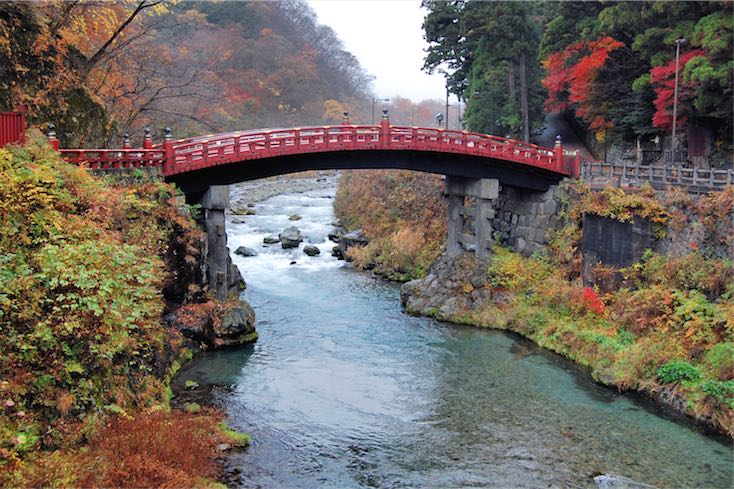
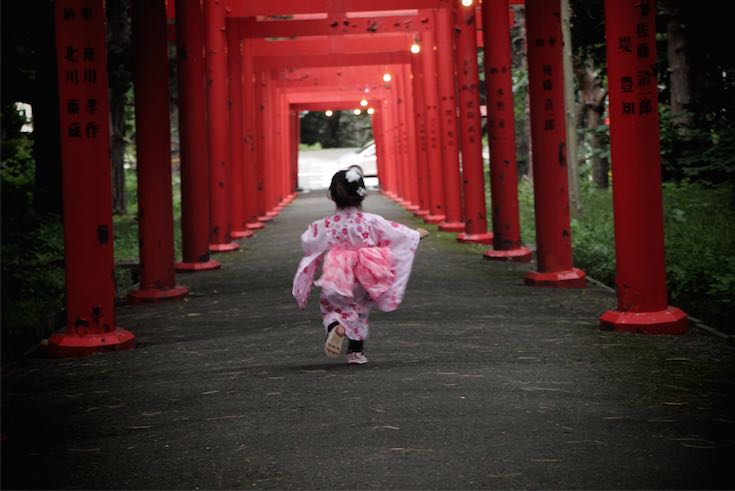
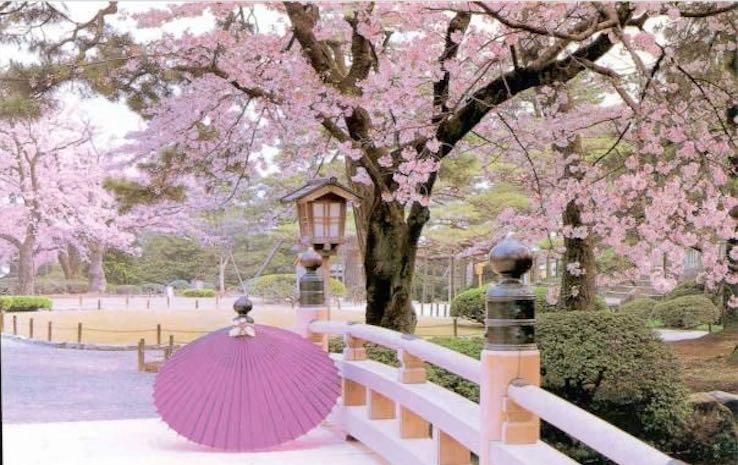
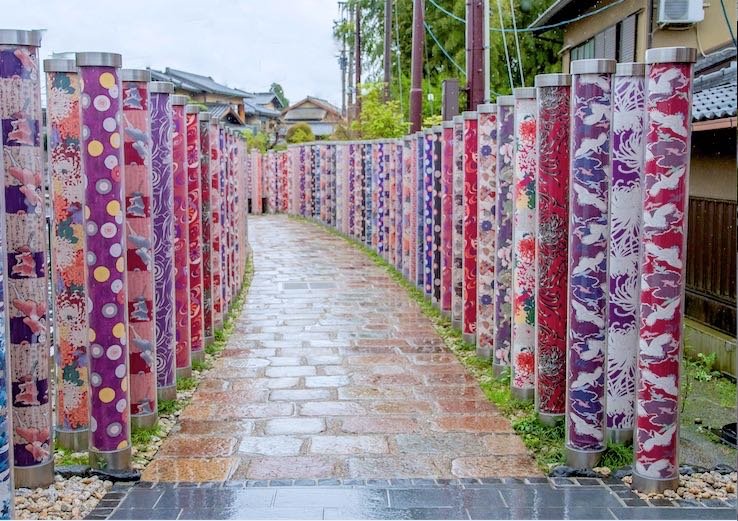
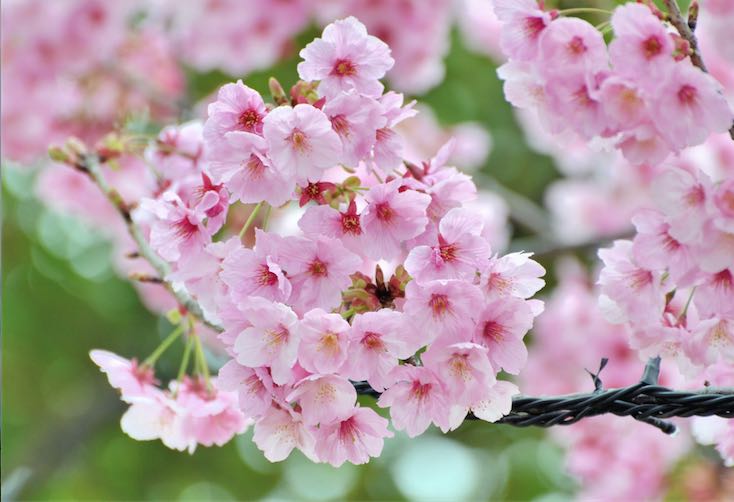
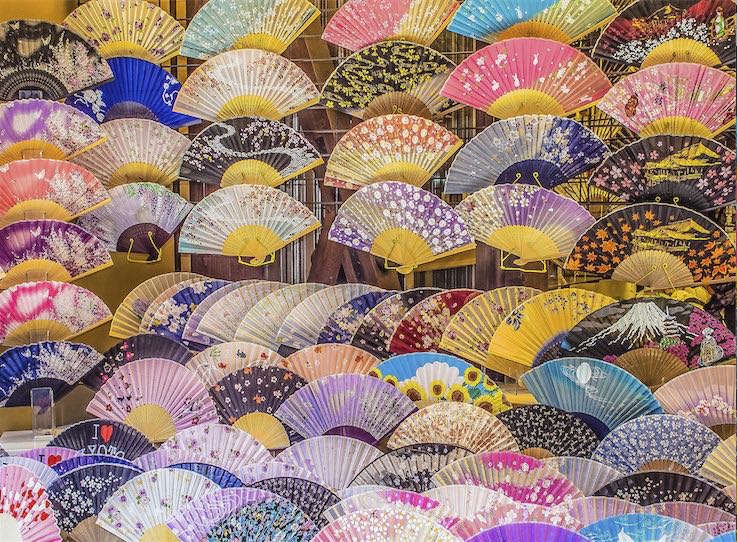

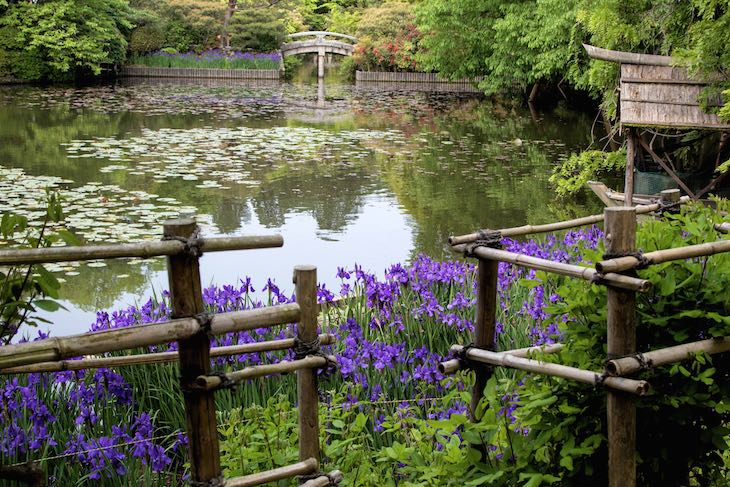
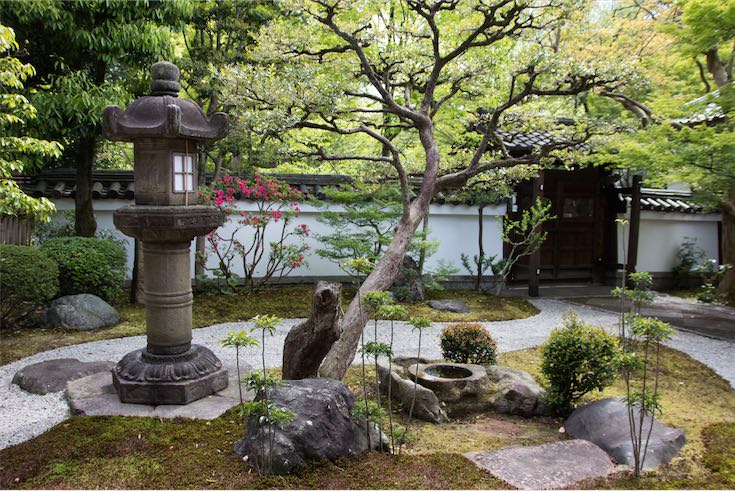
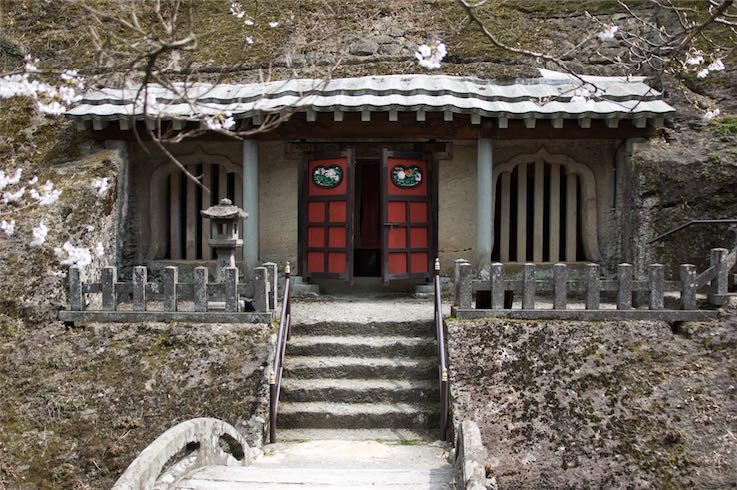
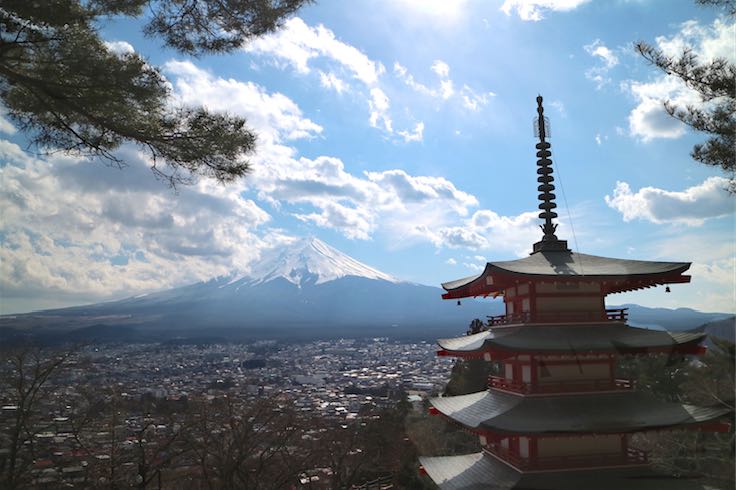
Photo of Mount Fuji by Jim Thoburn
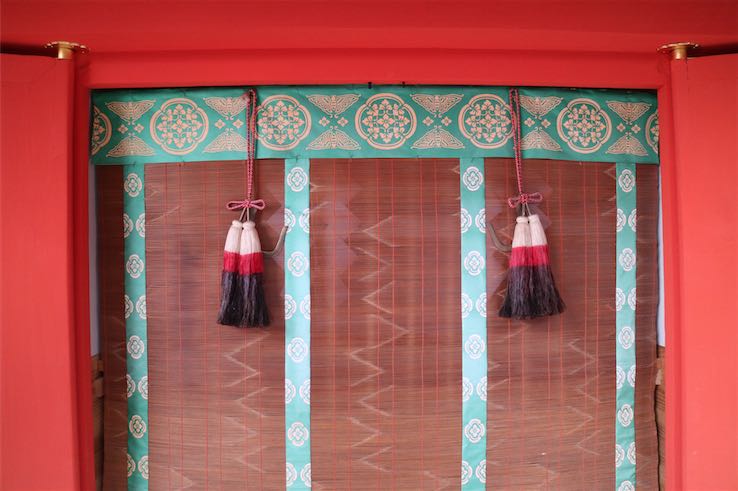
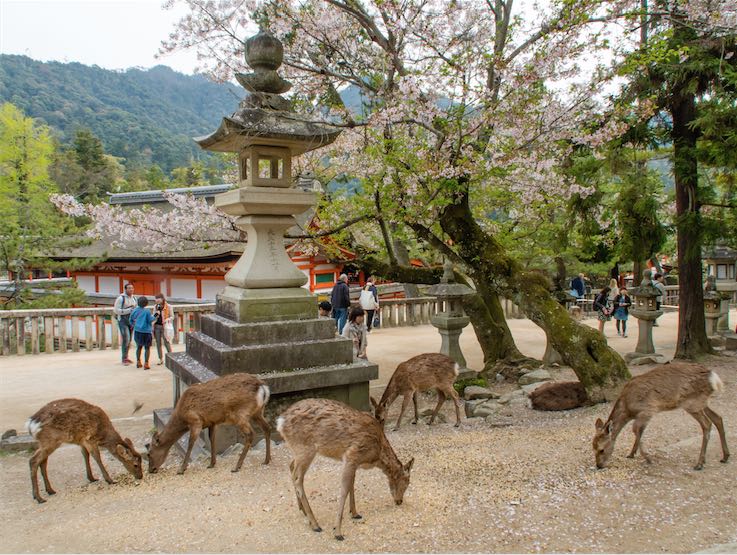
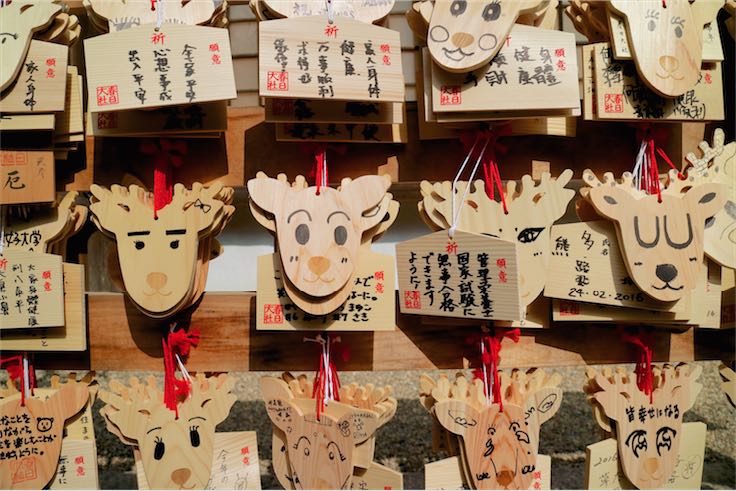
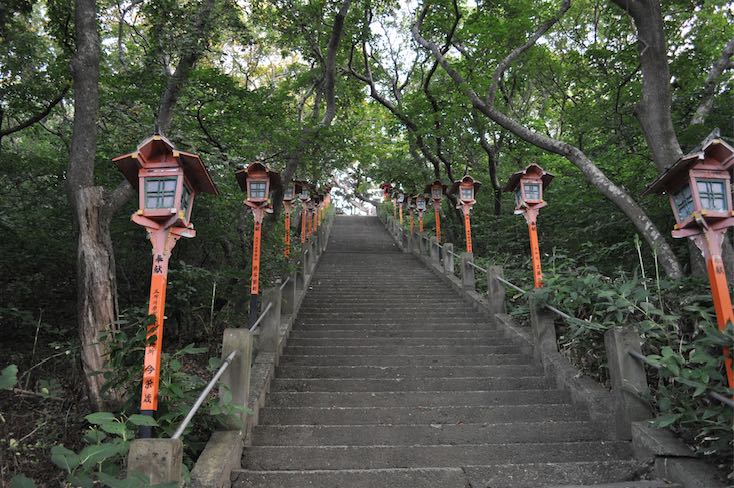
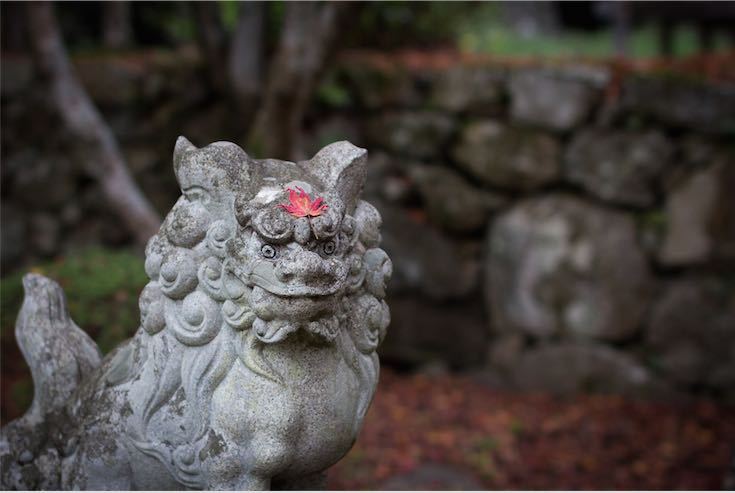
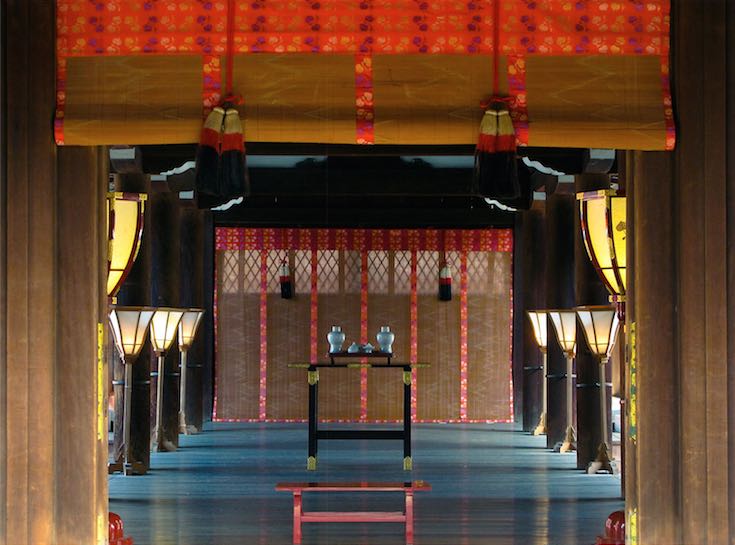

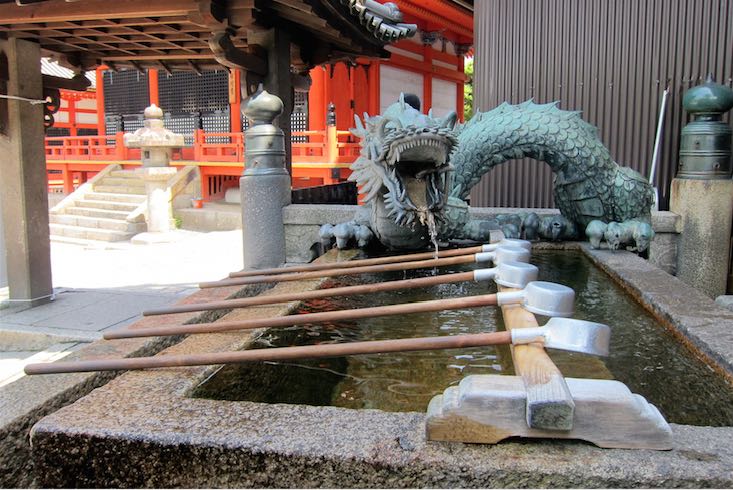


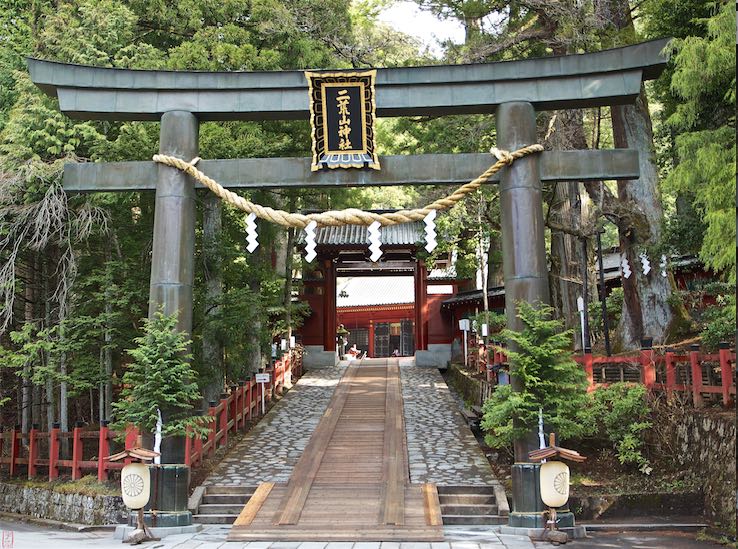
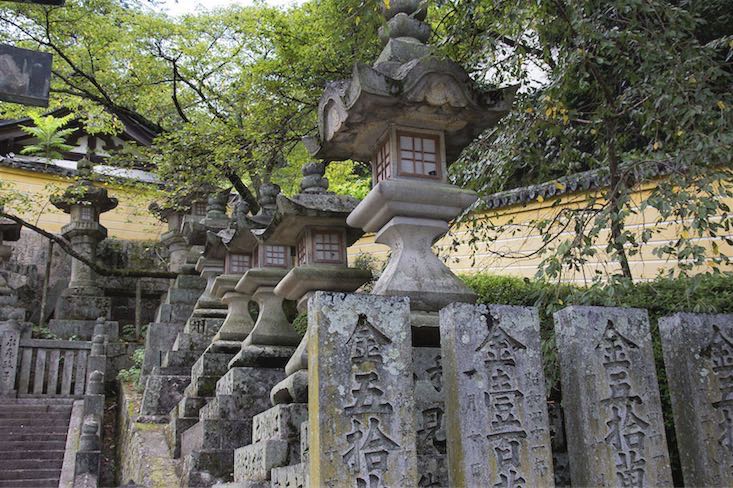


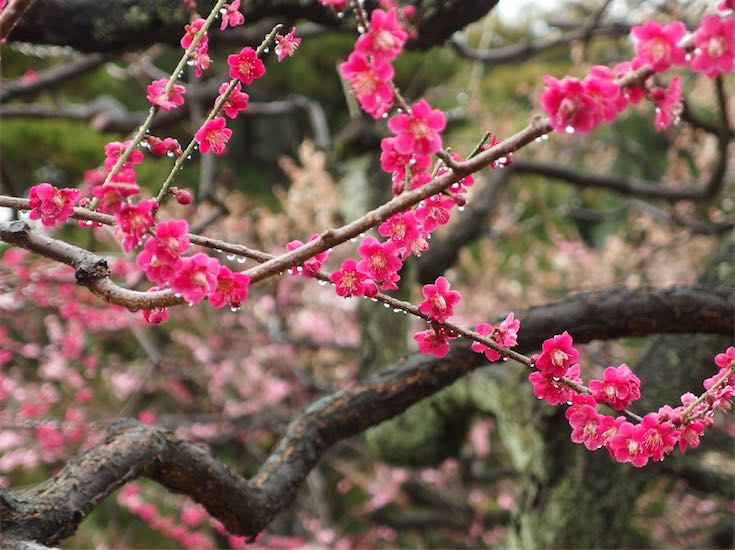

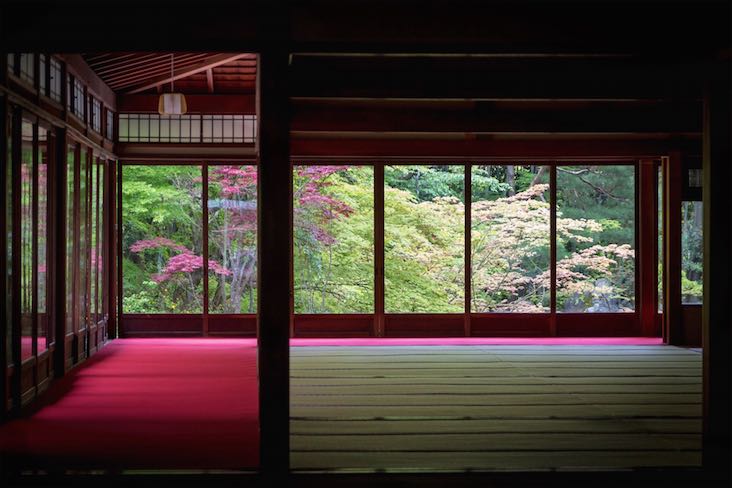

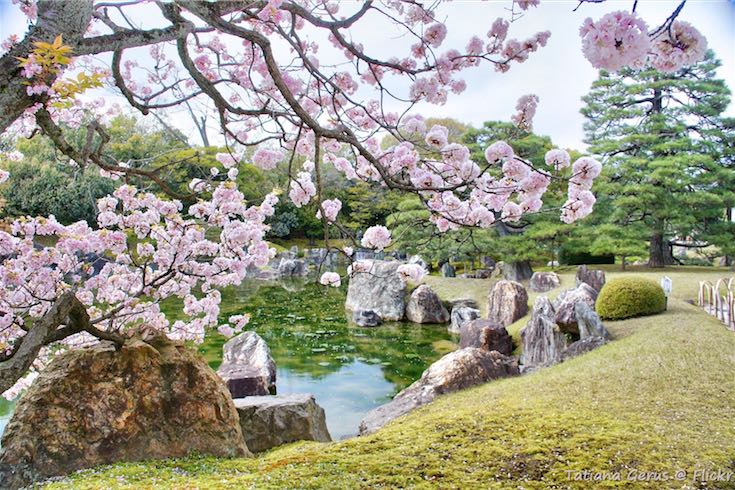
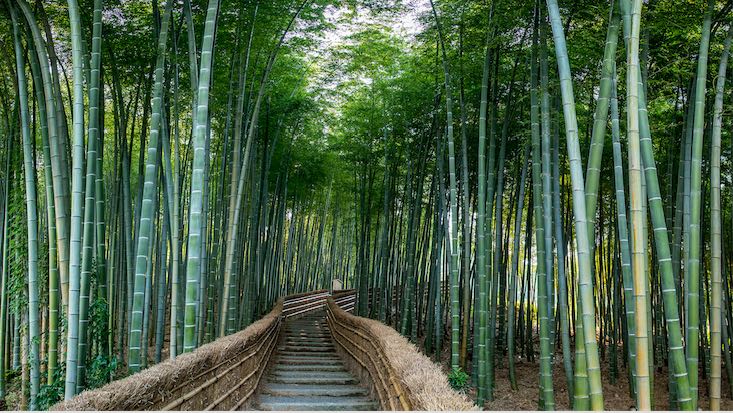
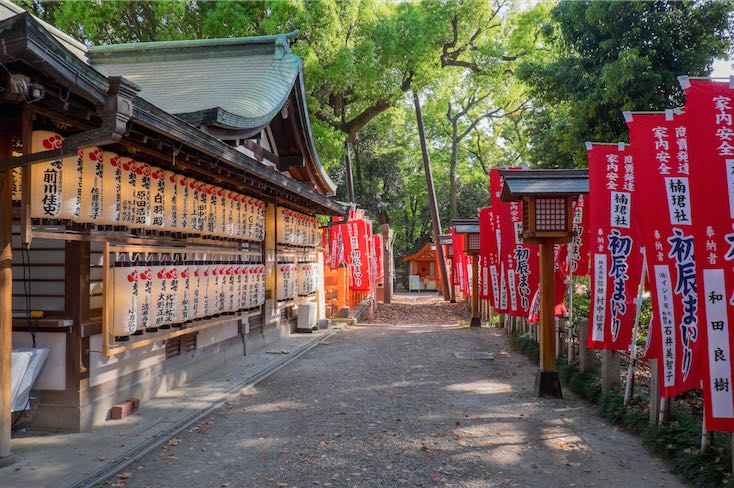
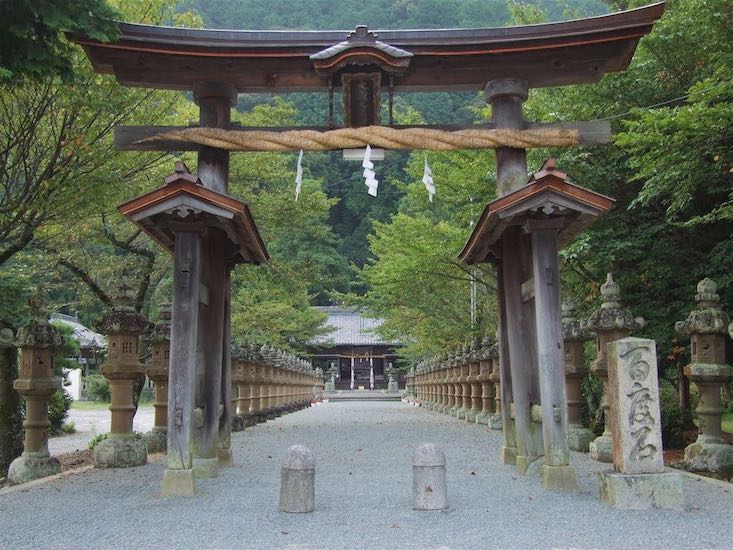

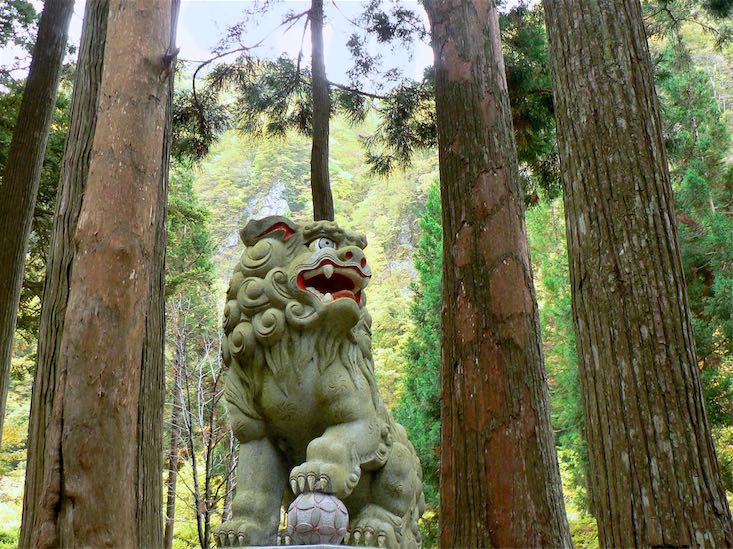

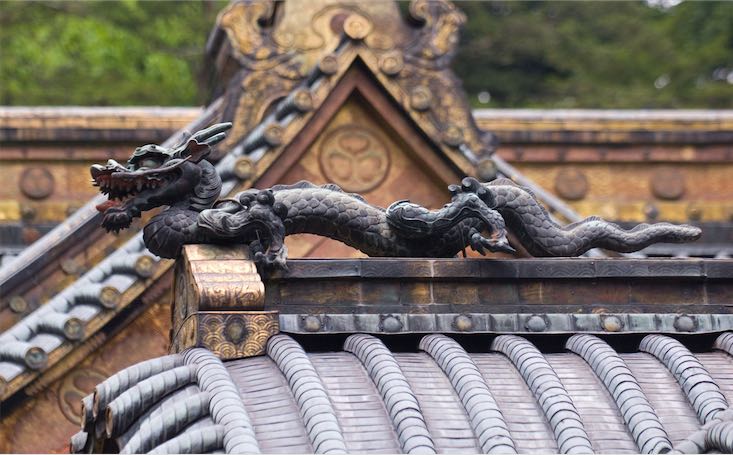
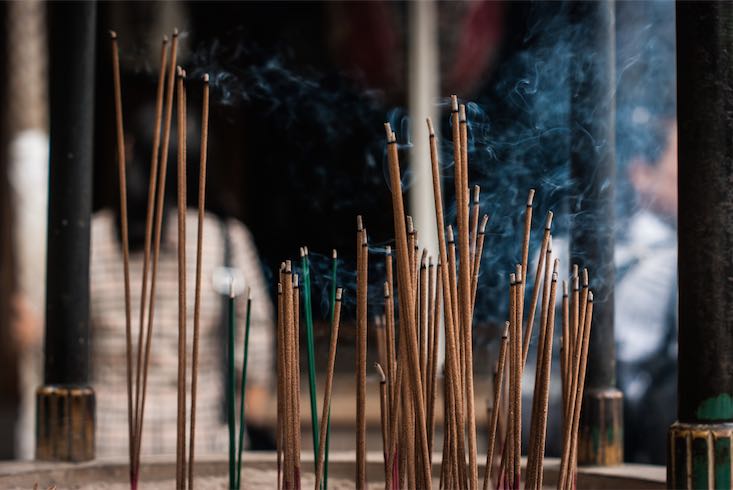
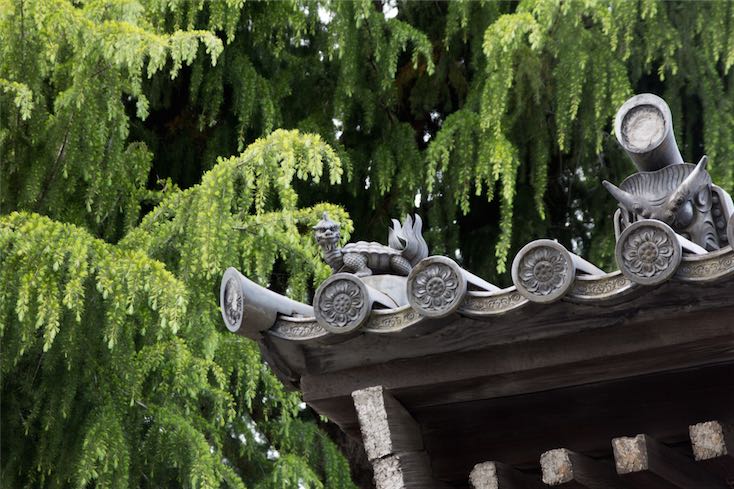
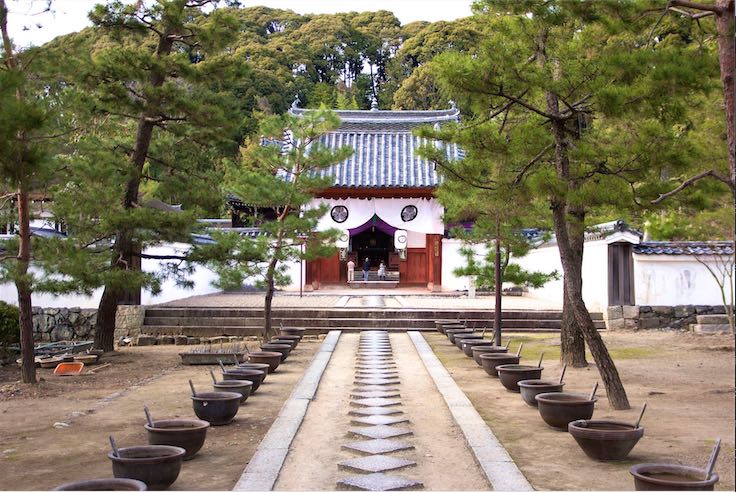
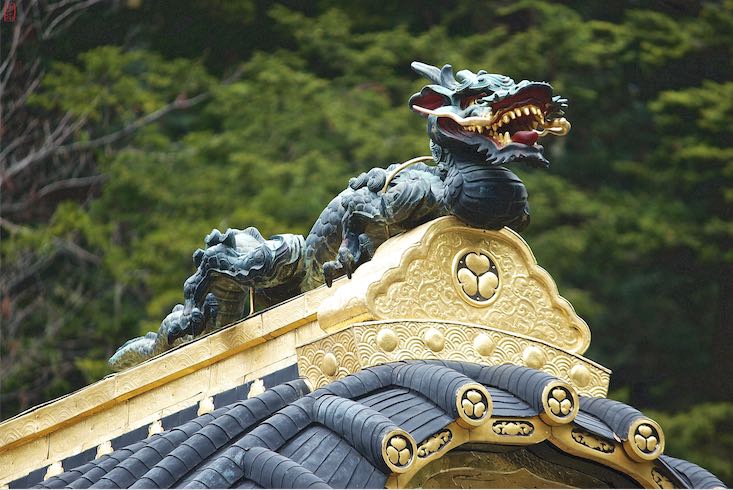
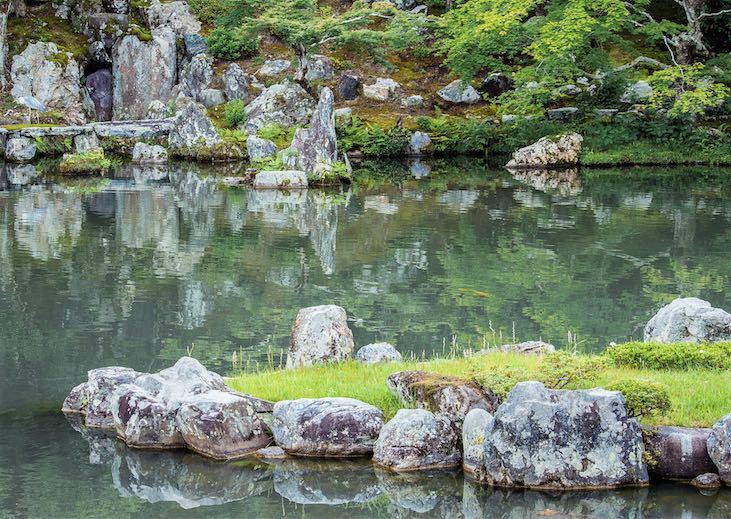
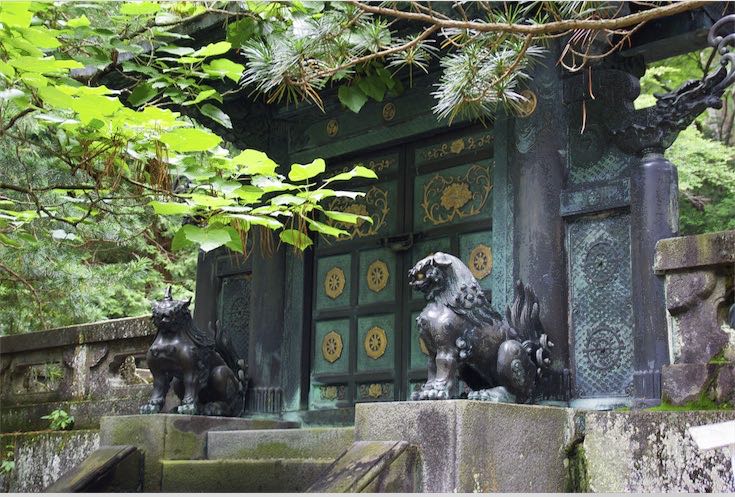
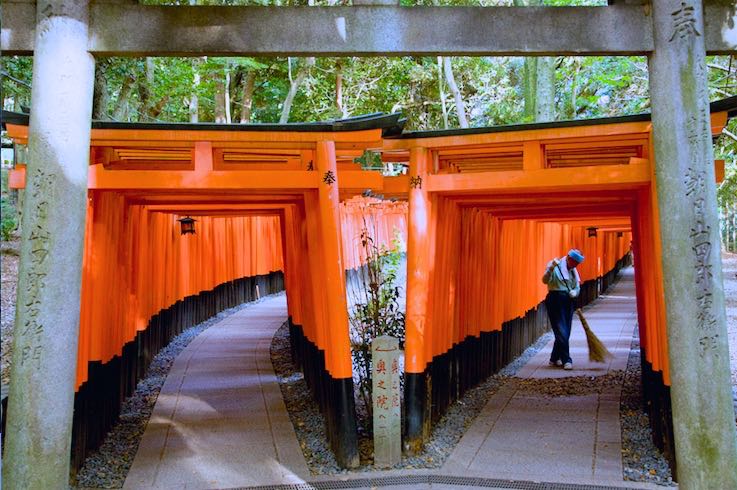
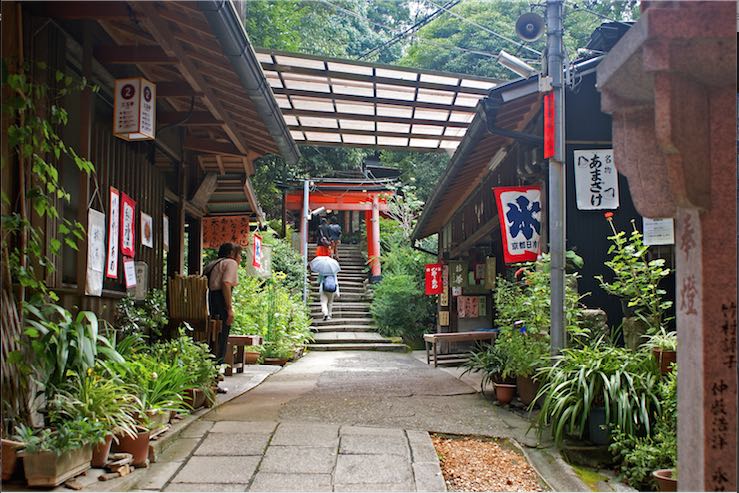
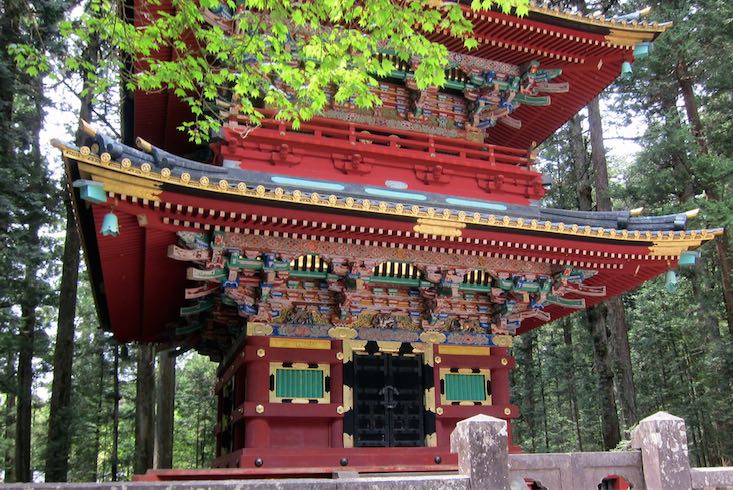
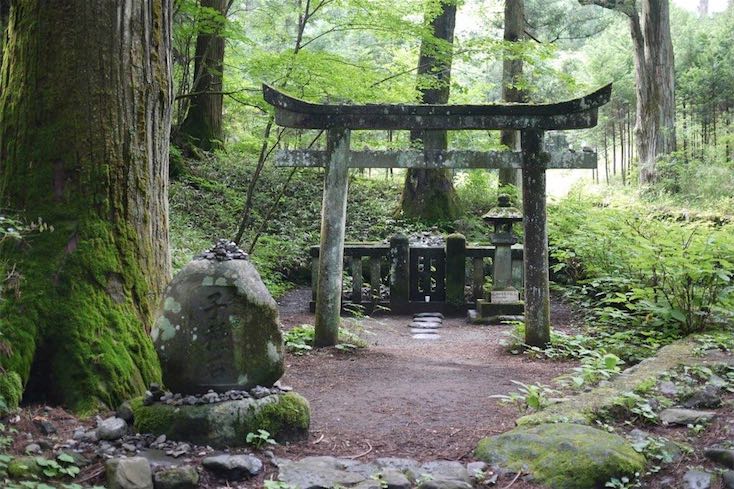
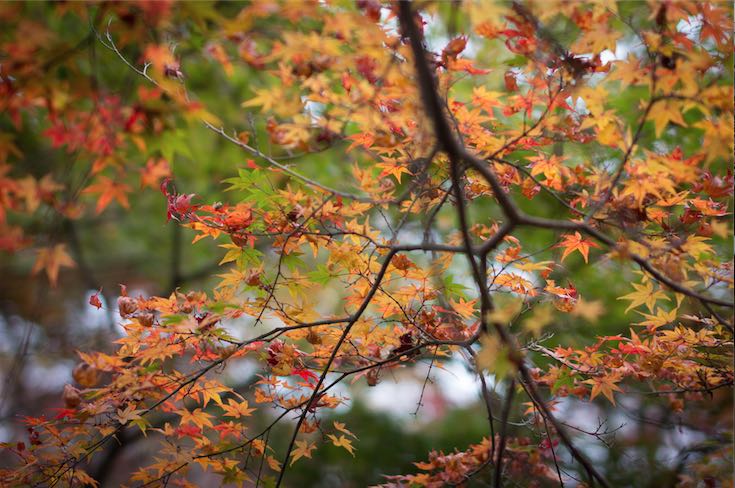
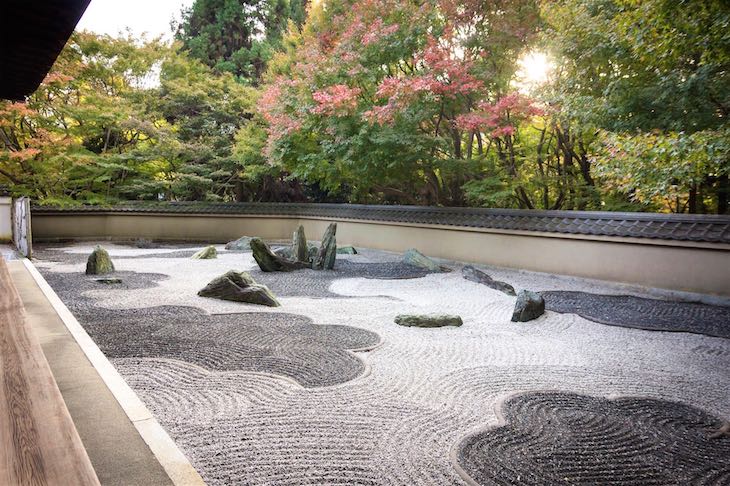
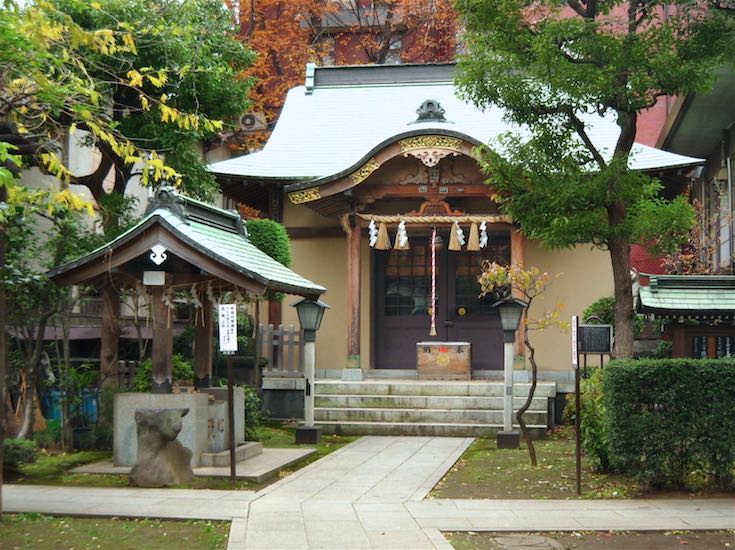
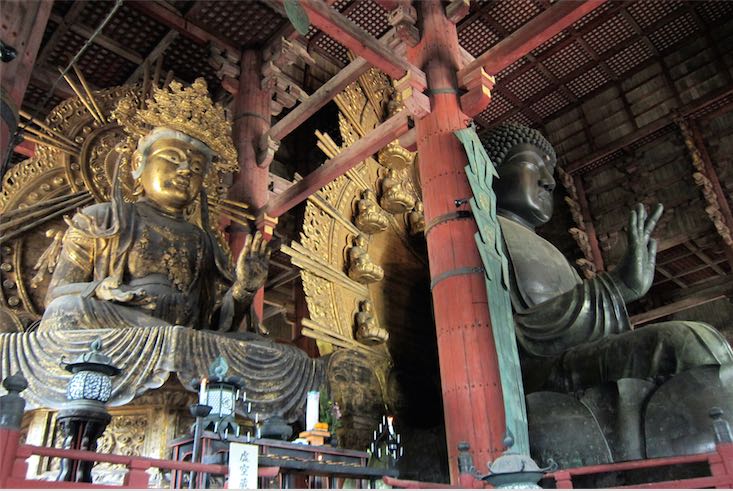
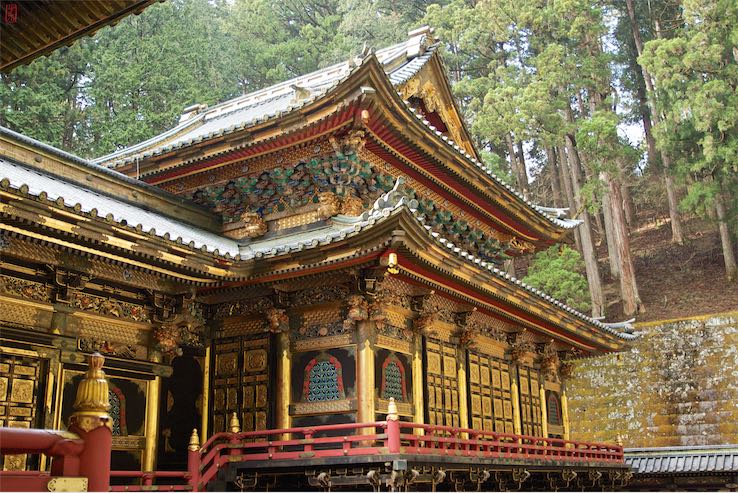
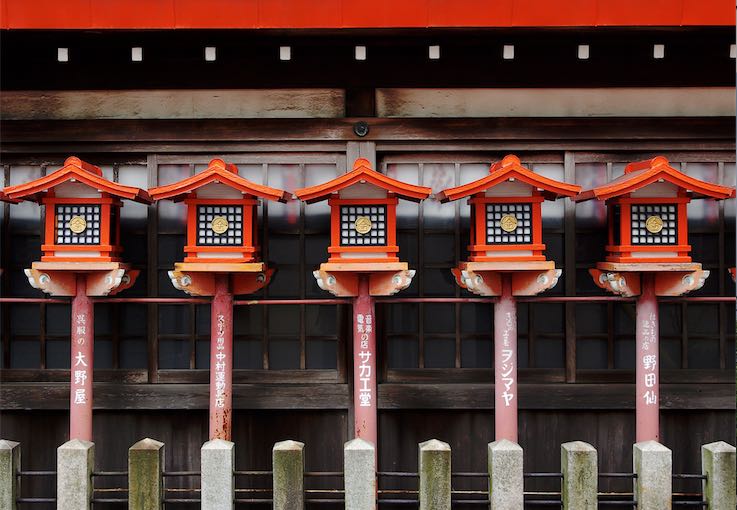
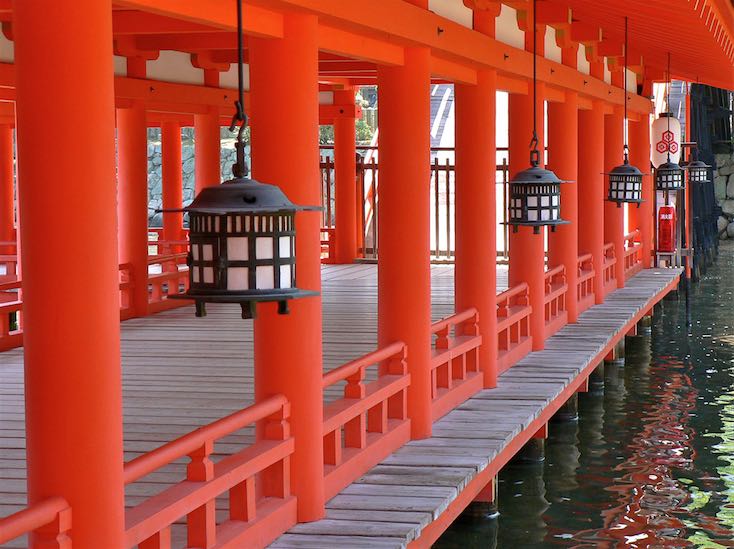
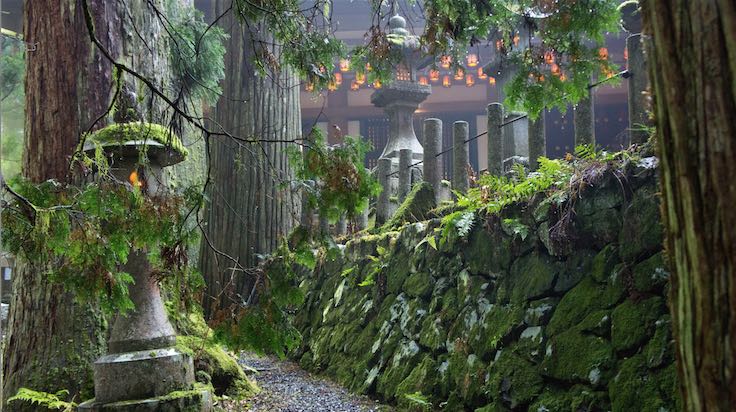
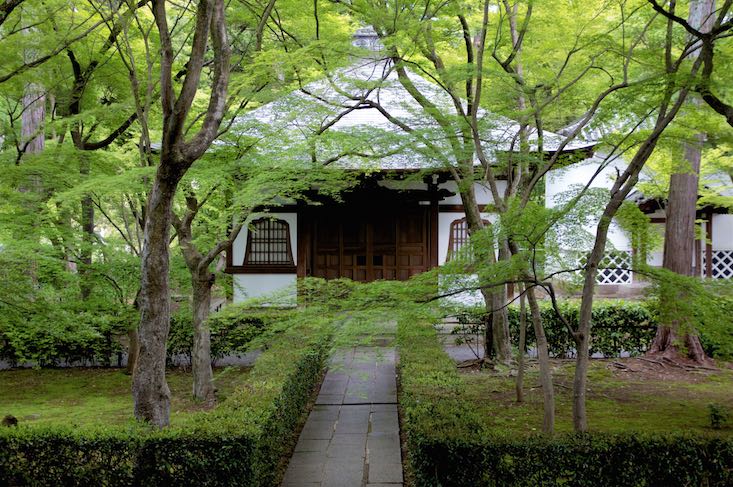
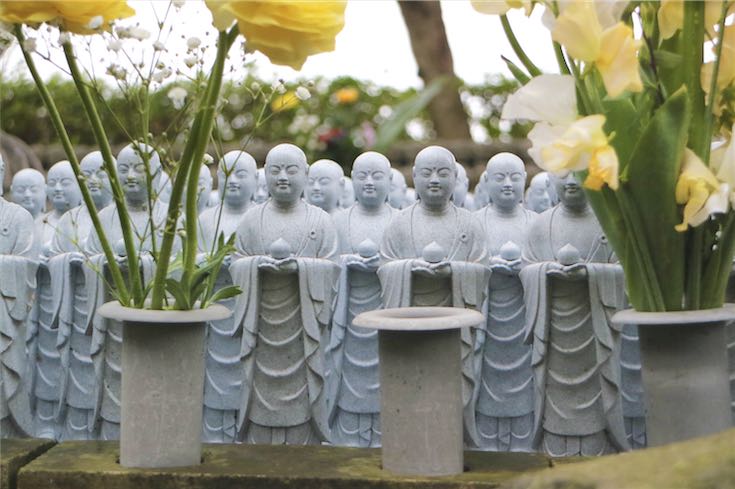
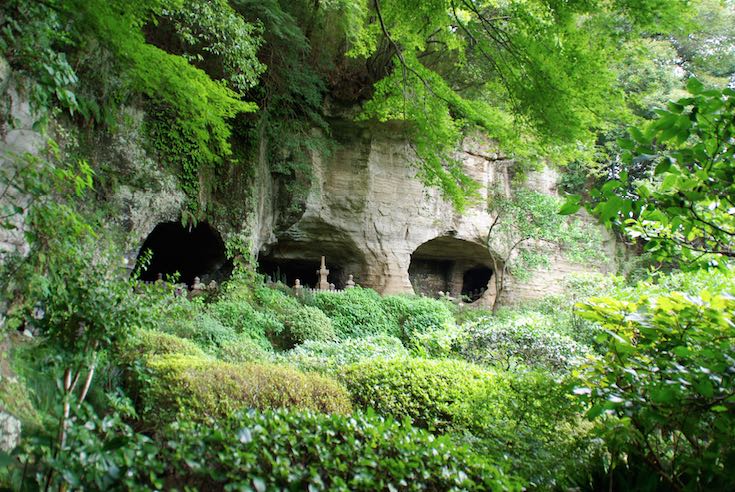
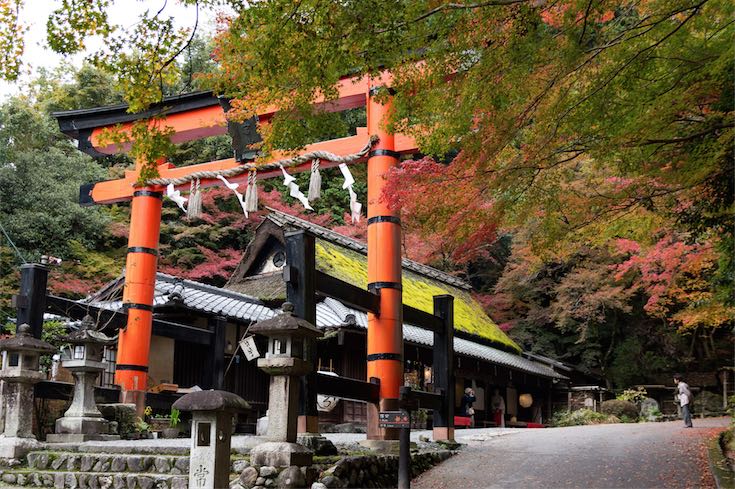
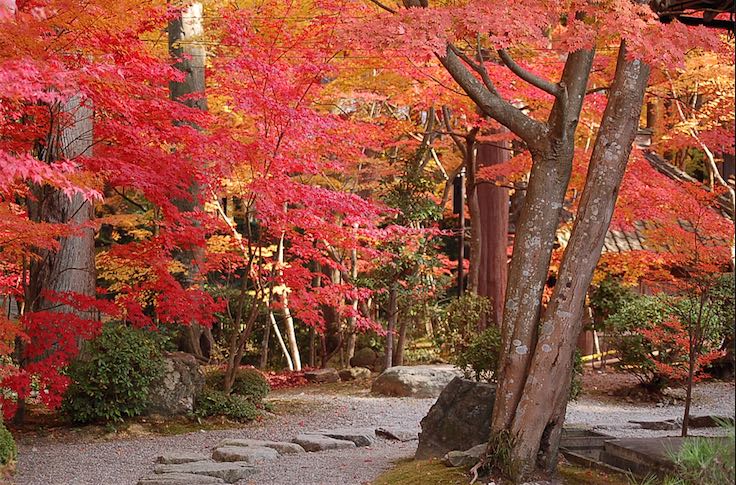
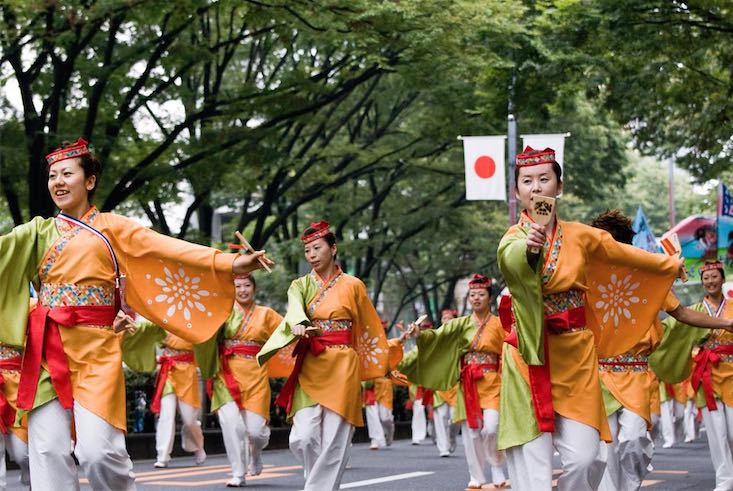
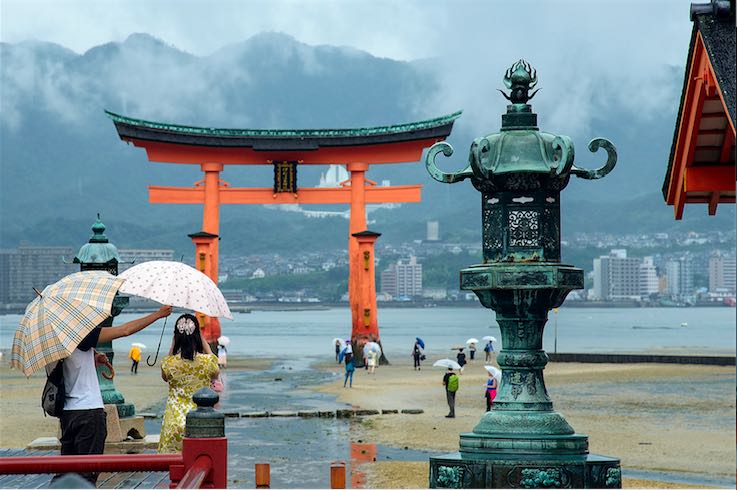
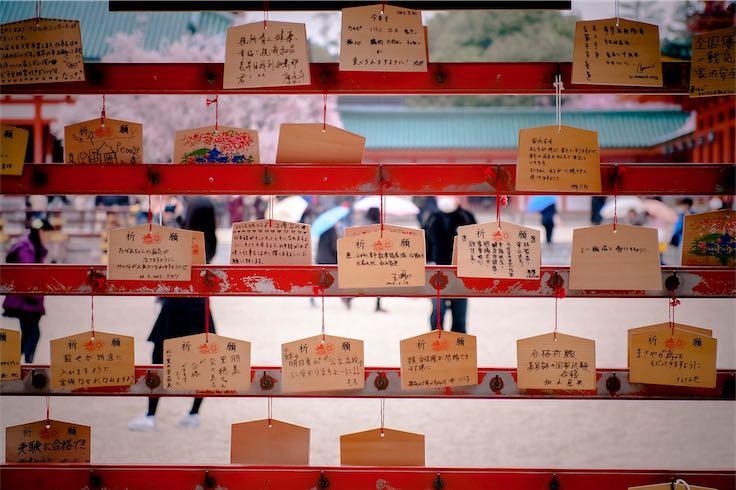
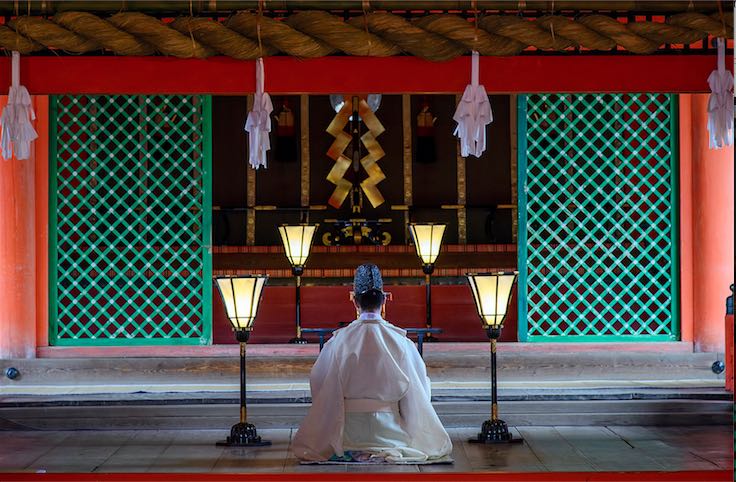
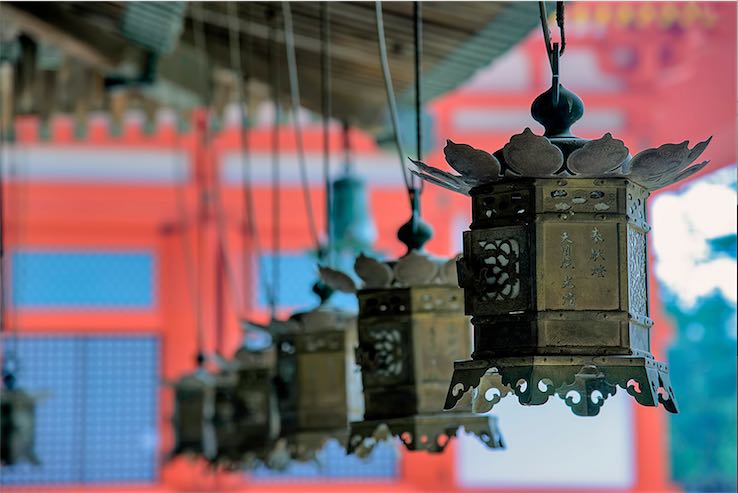
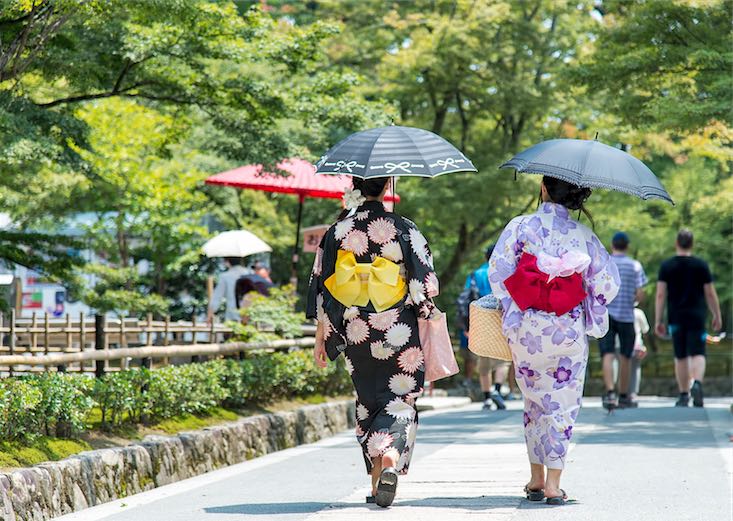

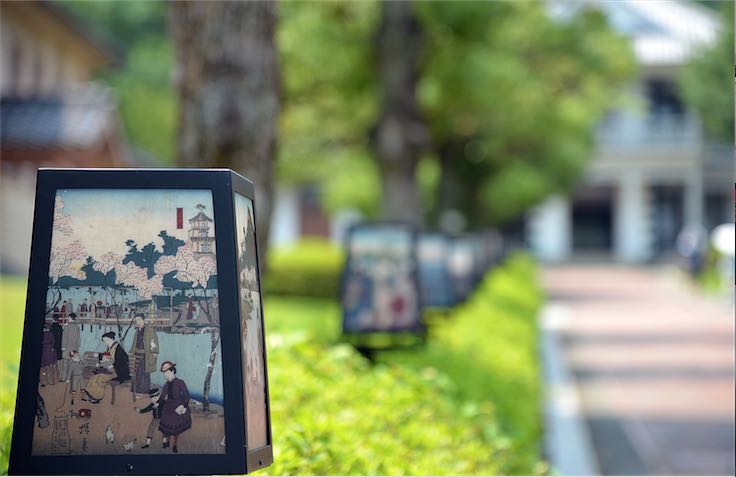

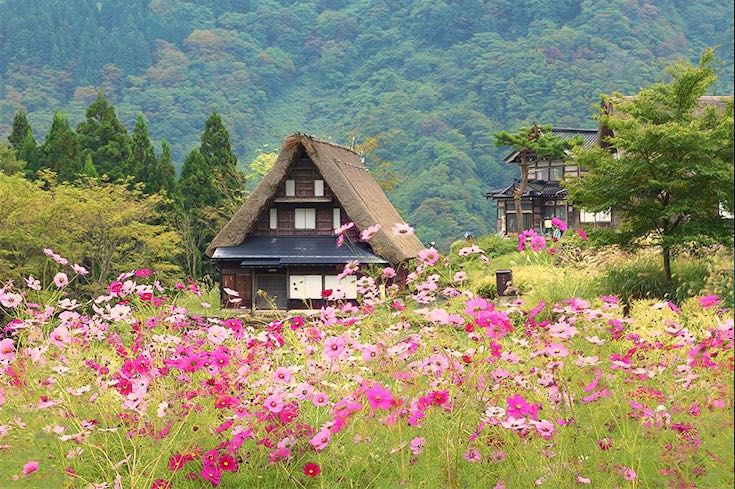
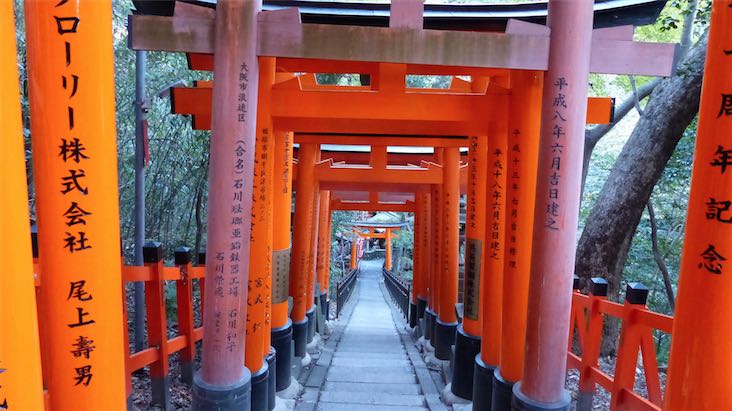

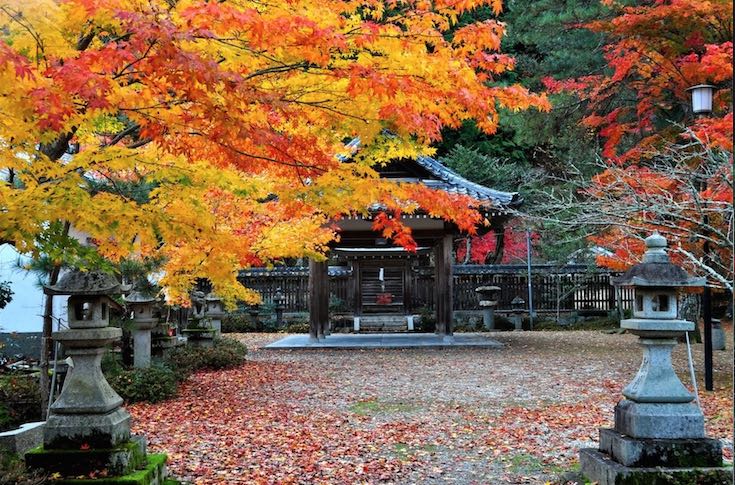


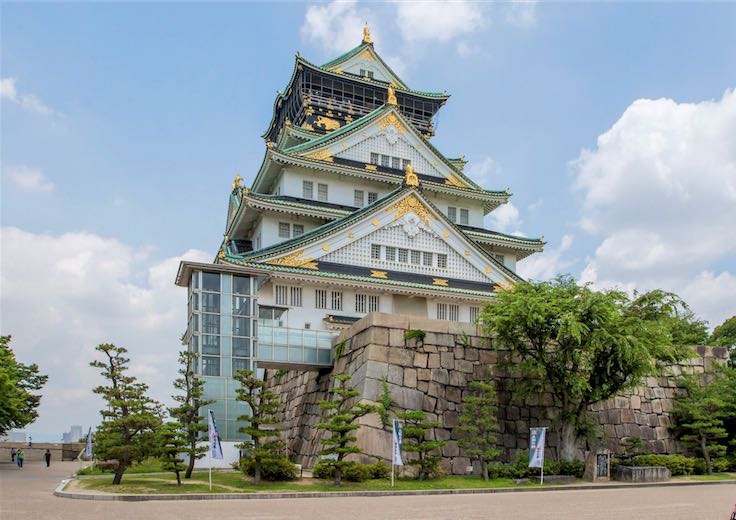
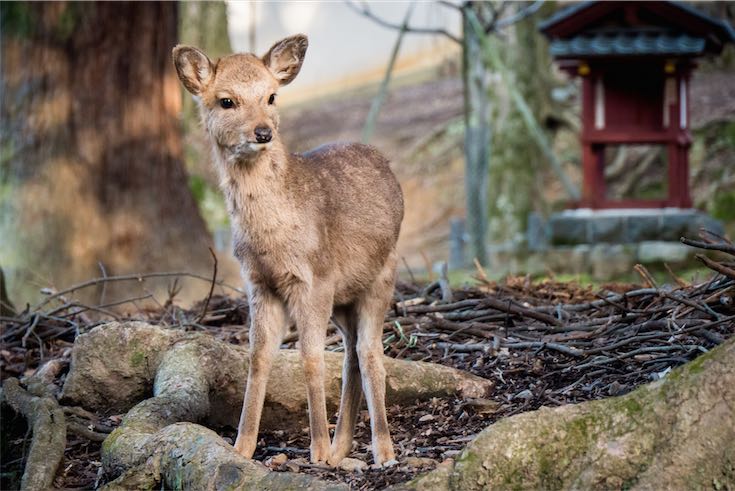
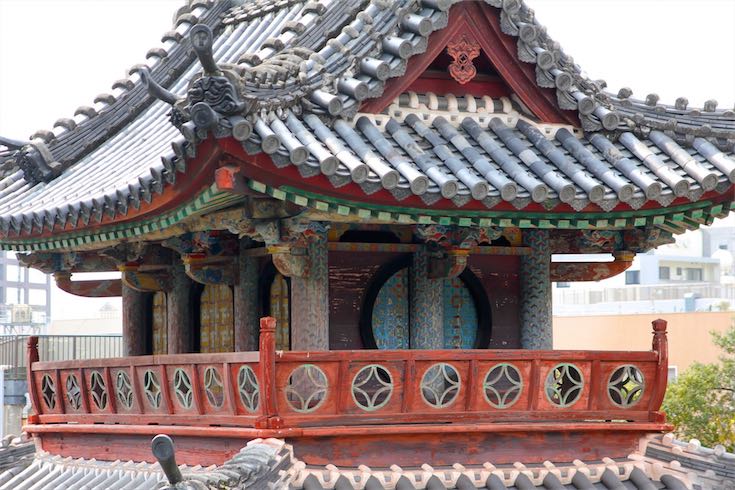
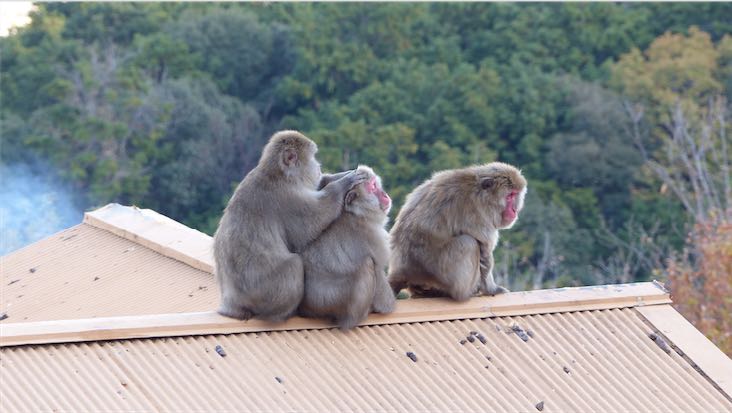
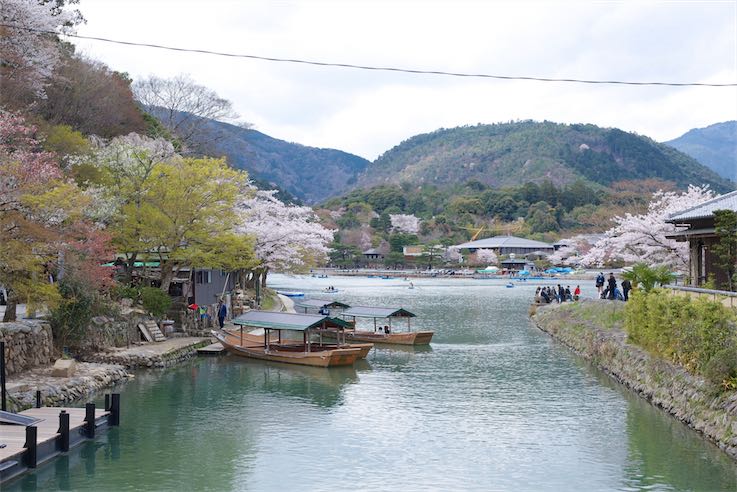
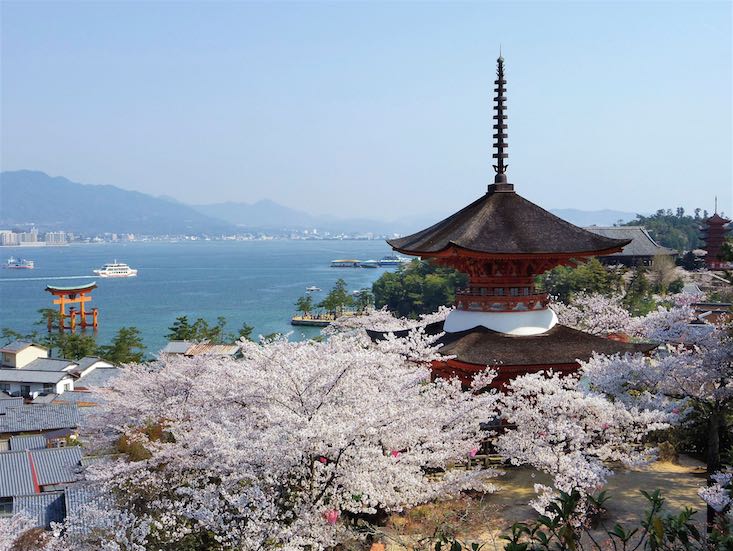
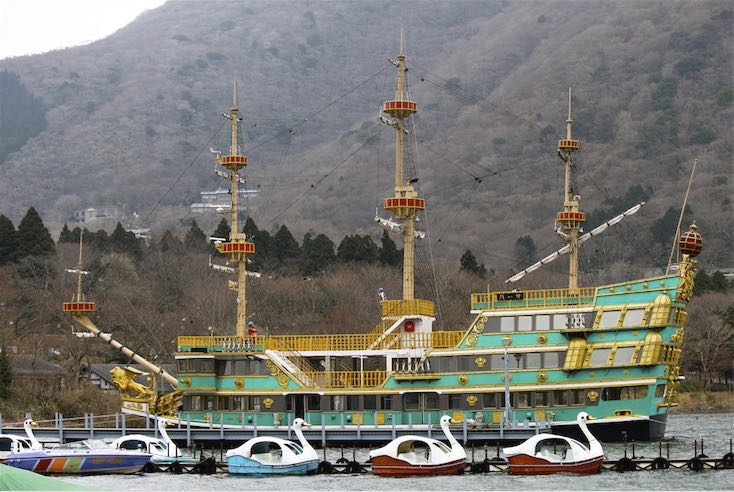

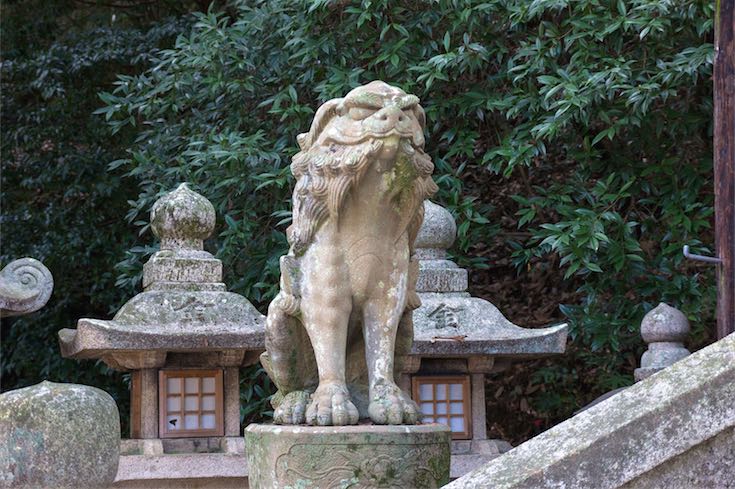

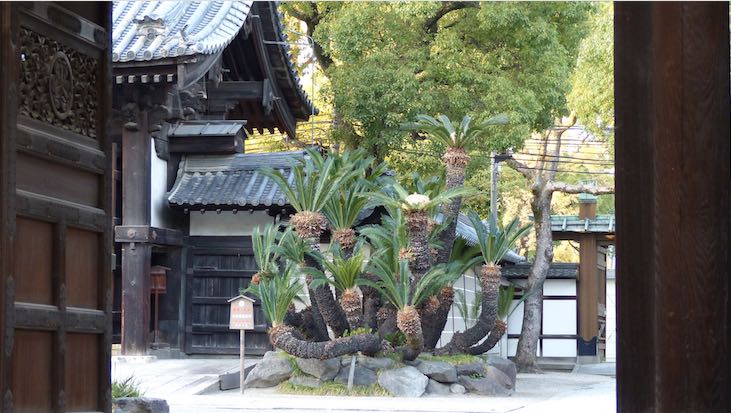
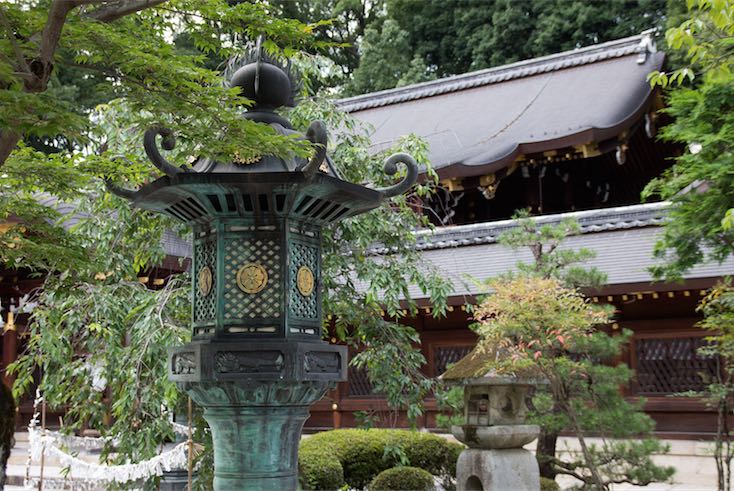
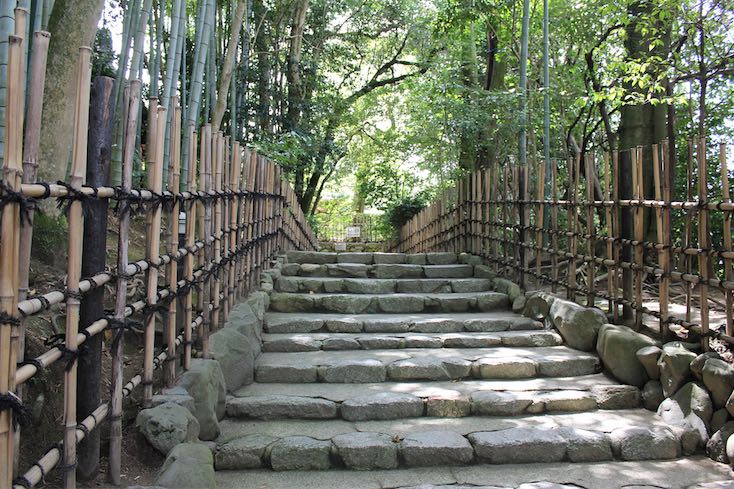
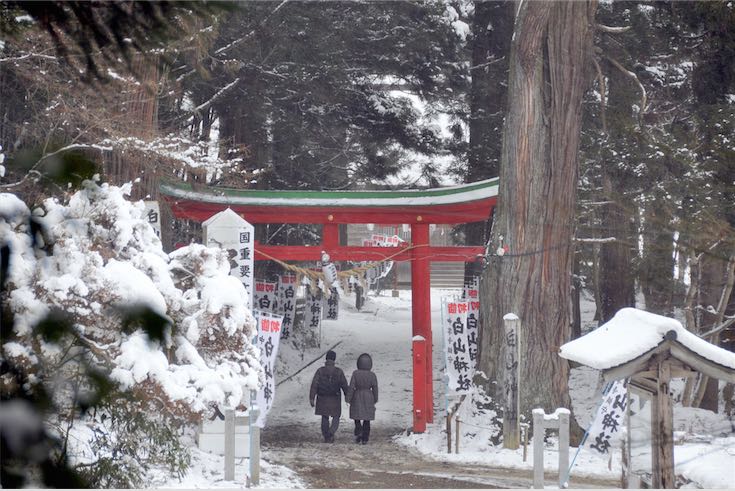
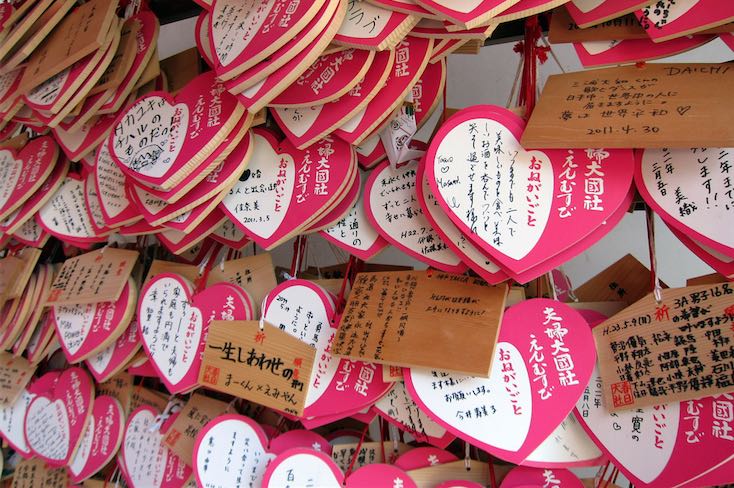
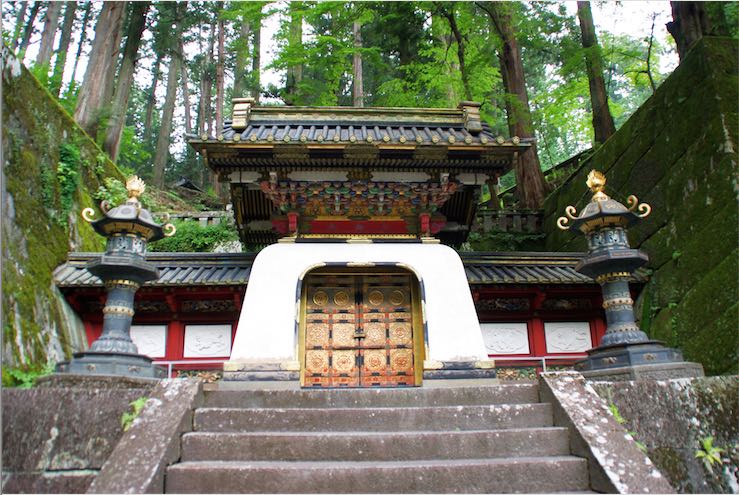
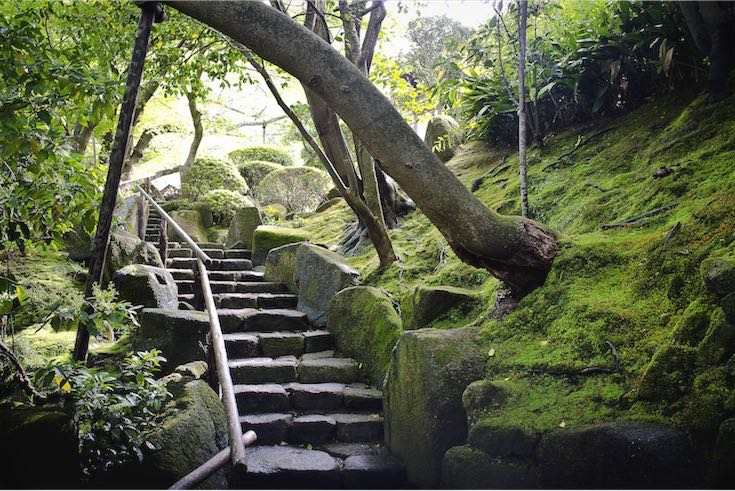
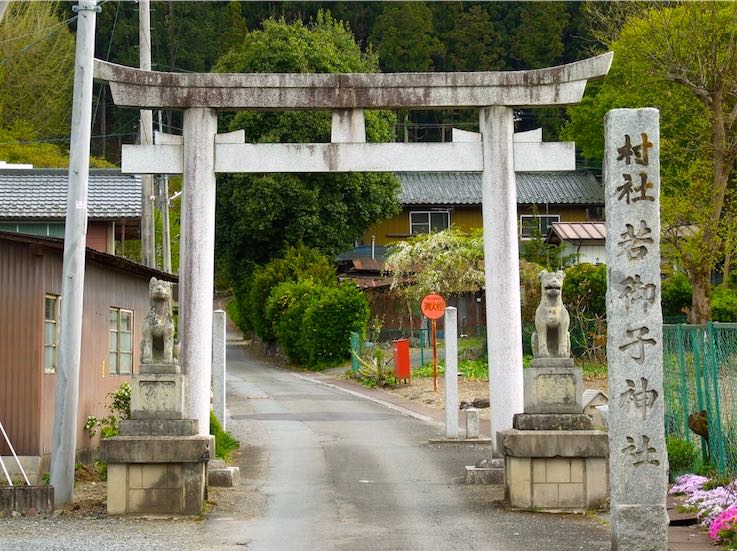
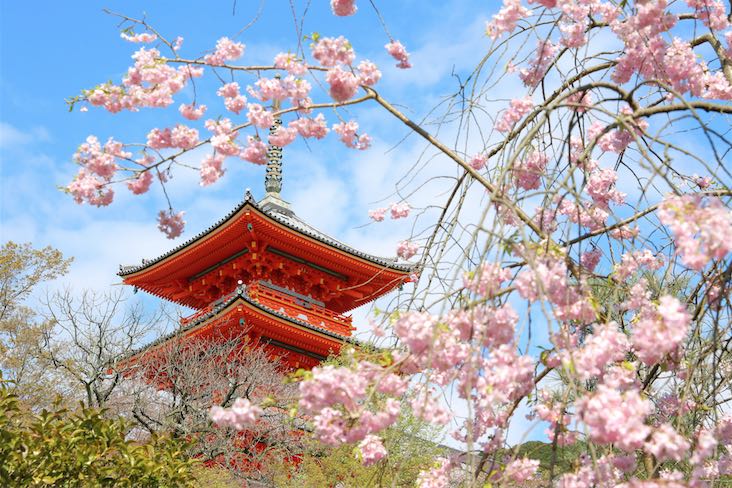
Photo of Itsukushima Shrine, "floating" torii gate, by Wytse Kloosterman
